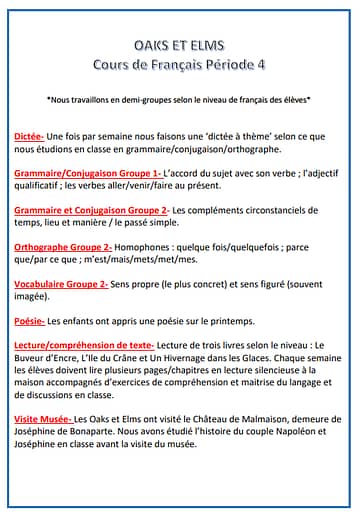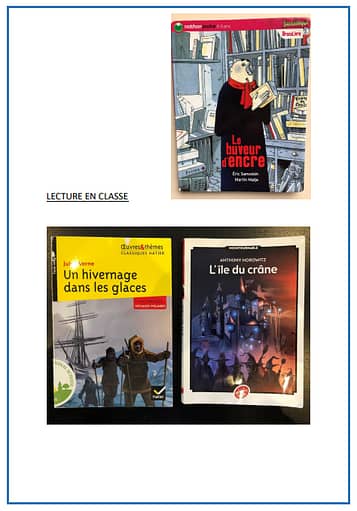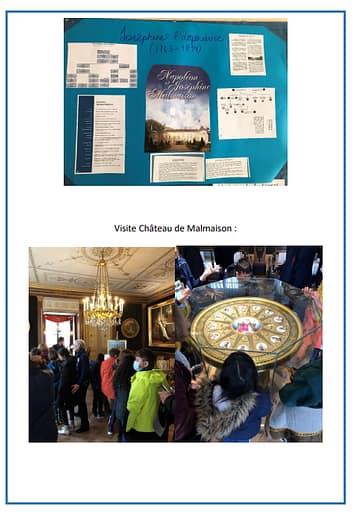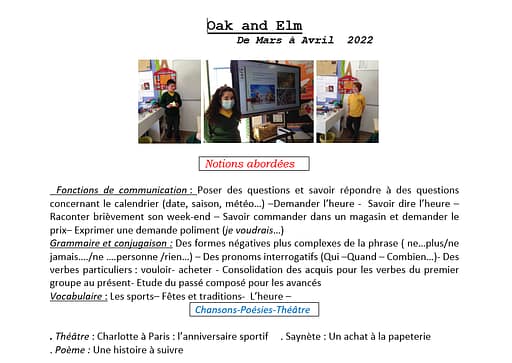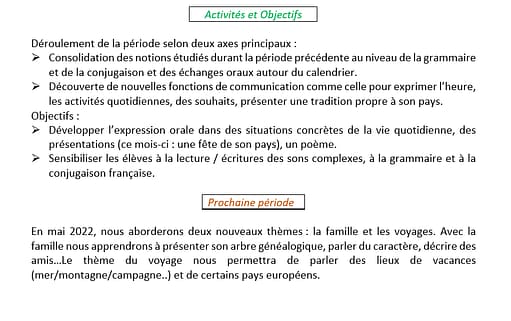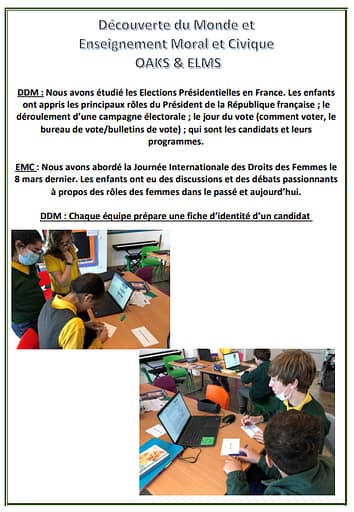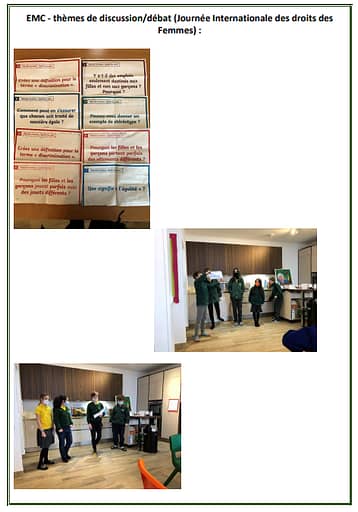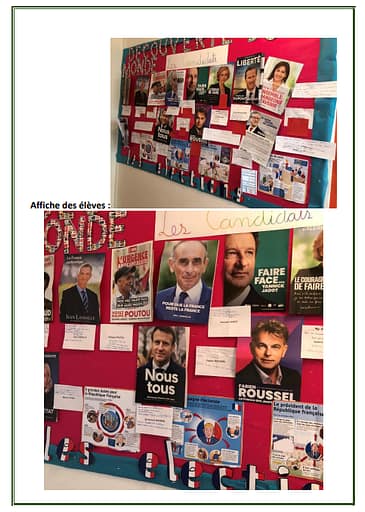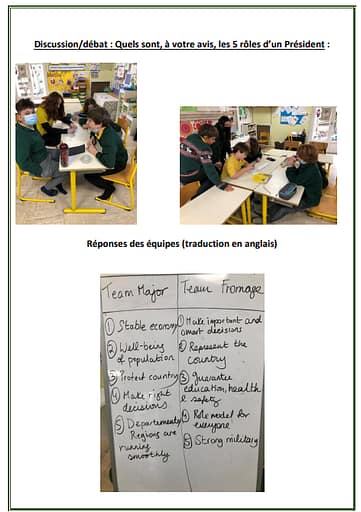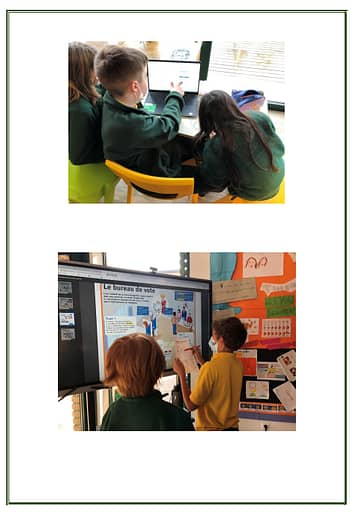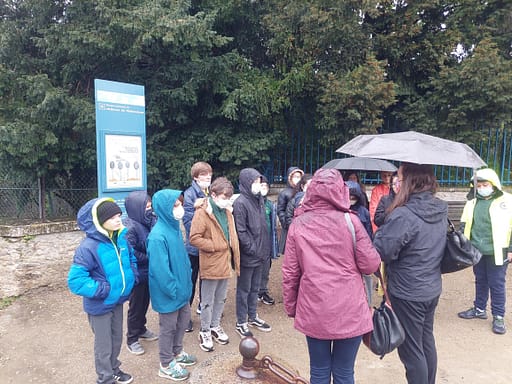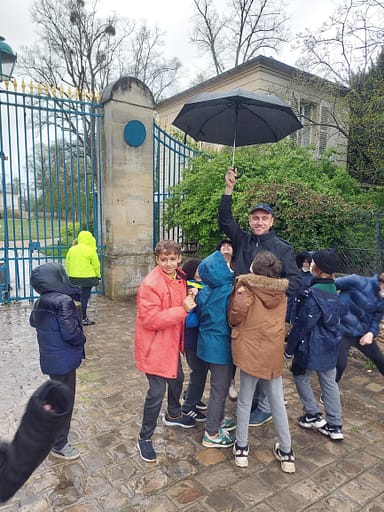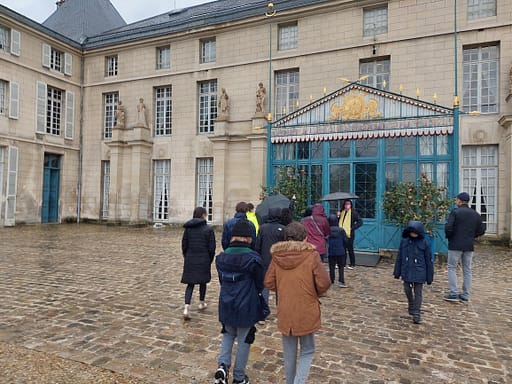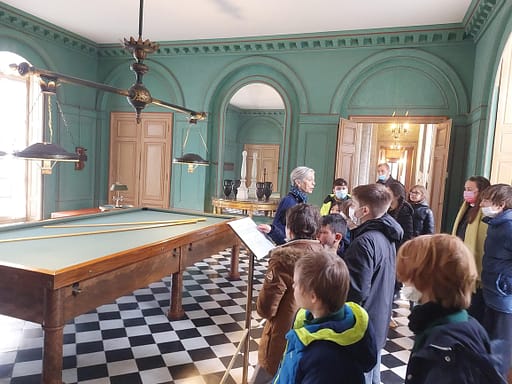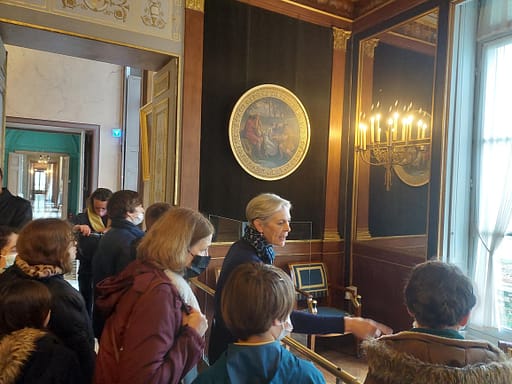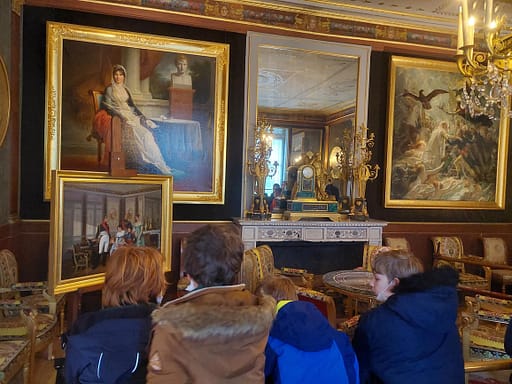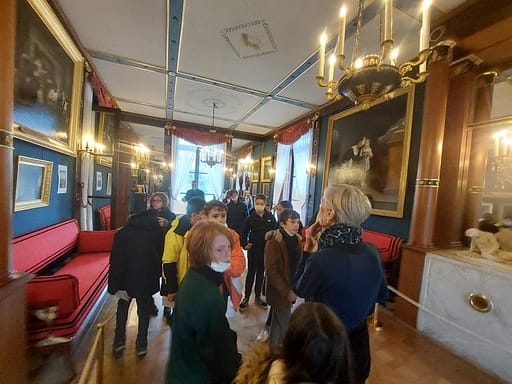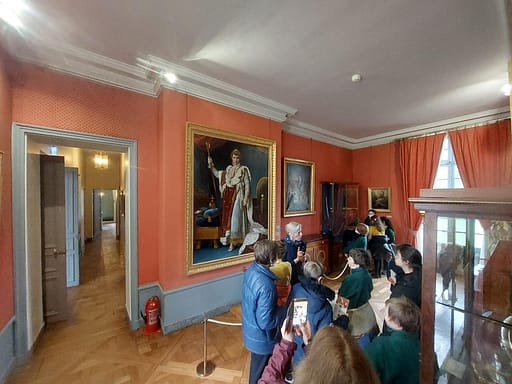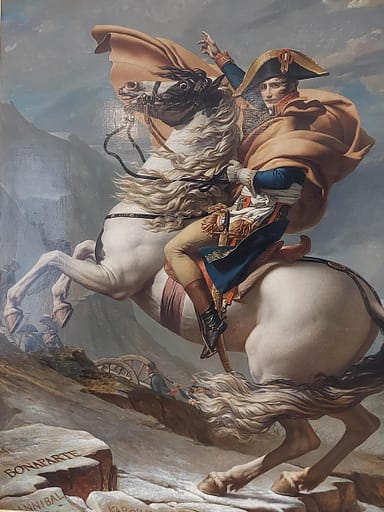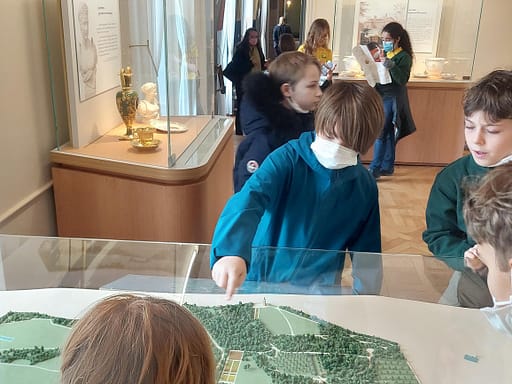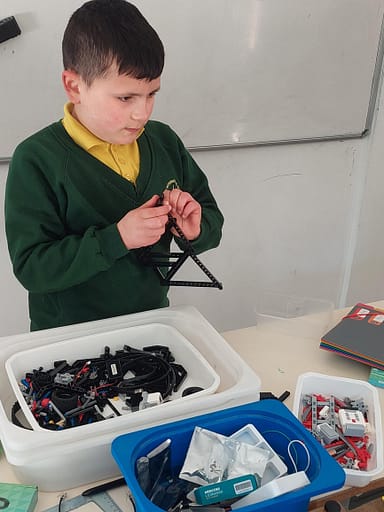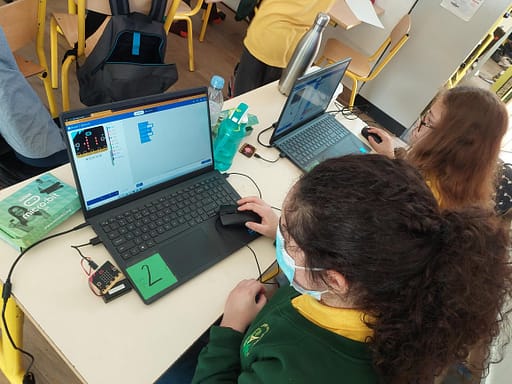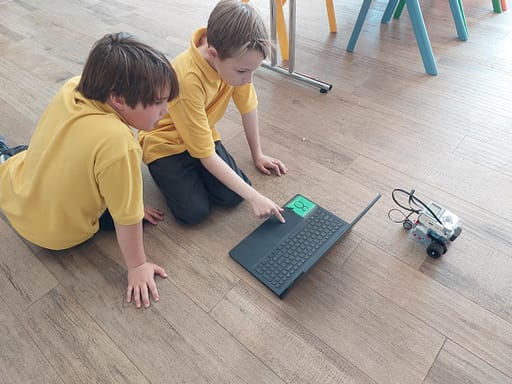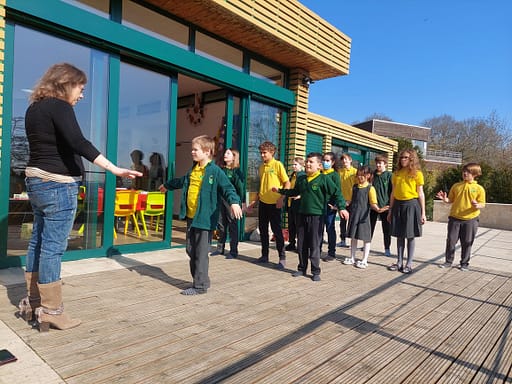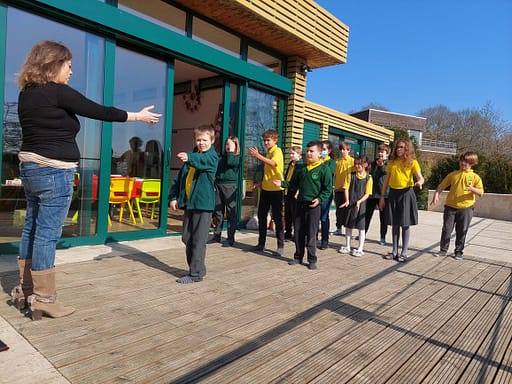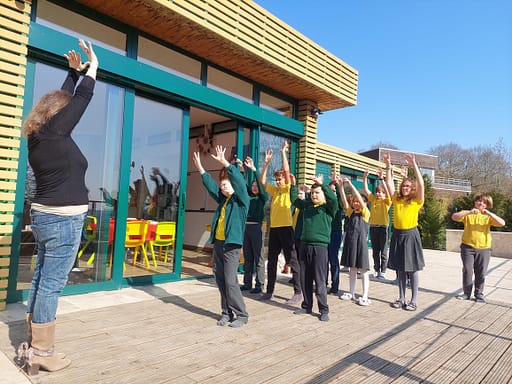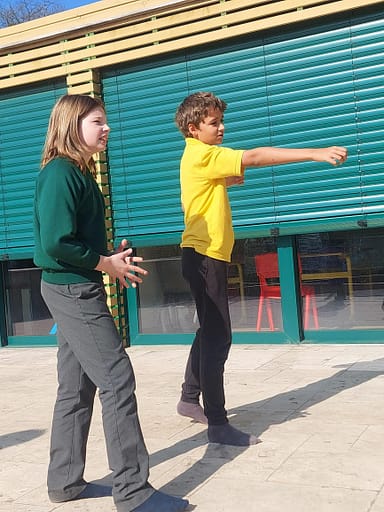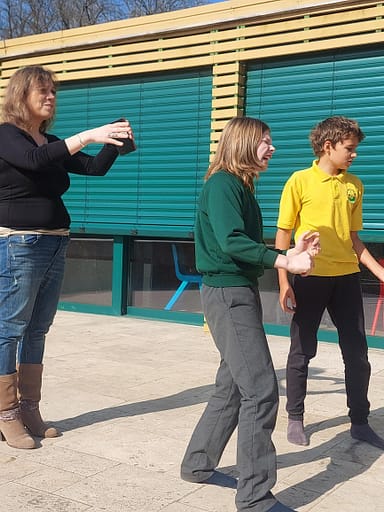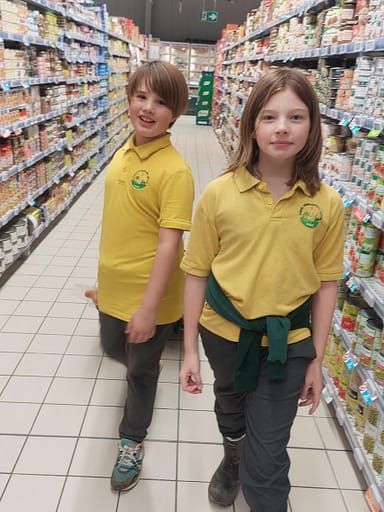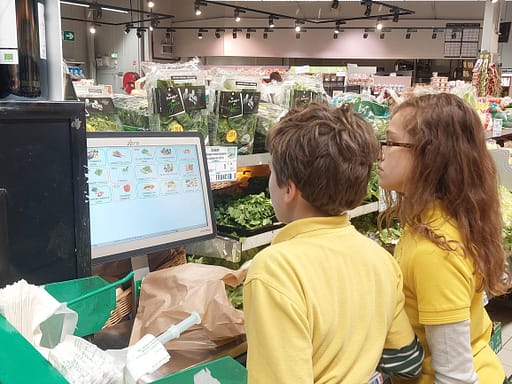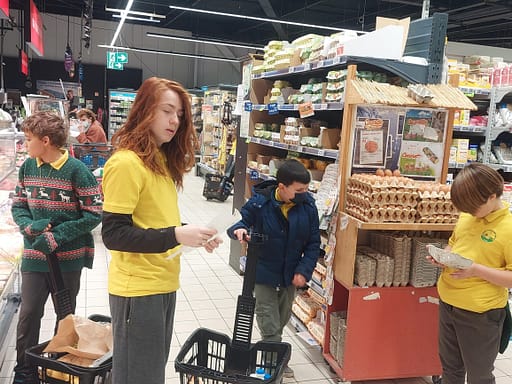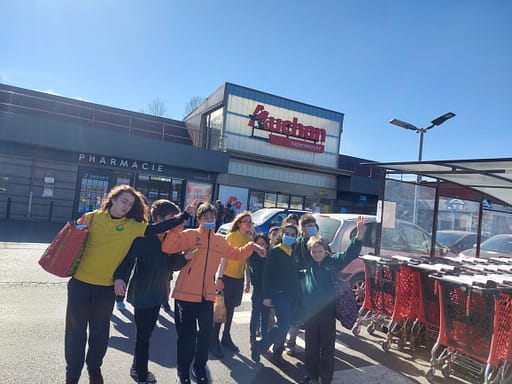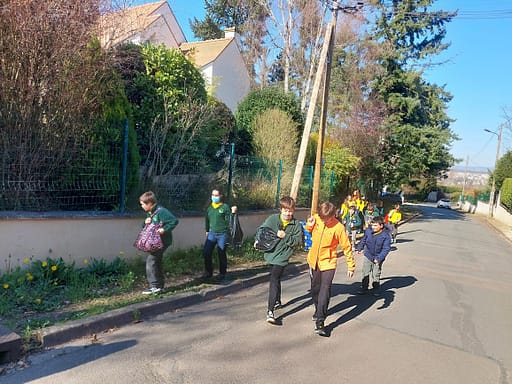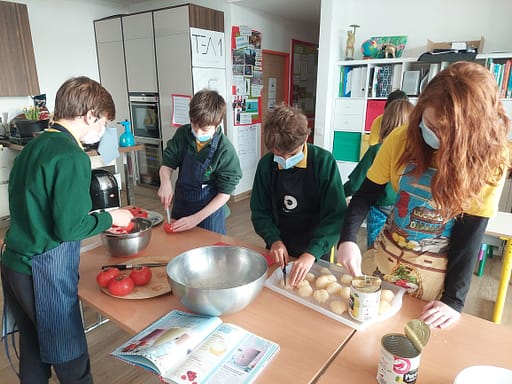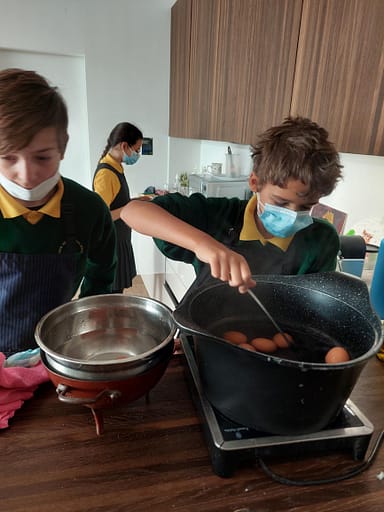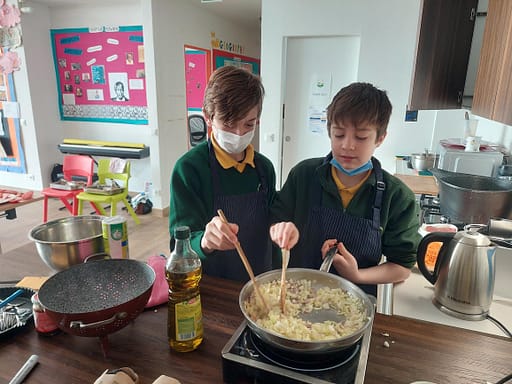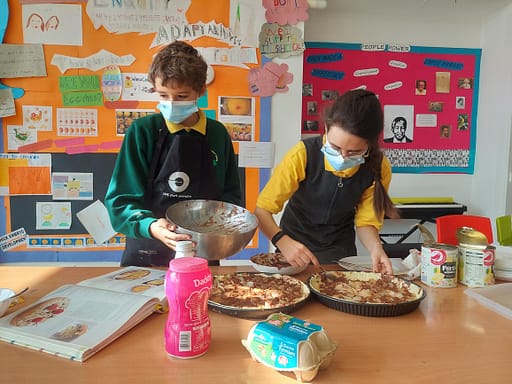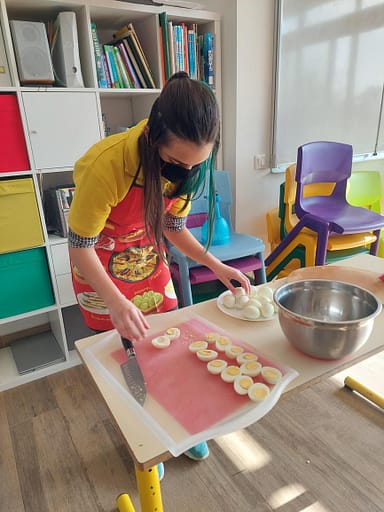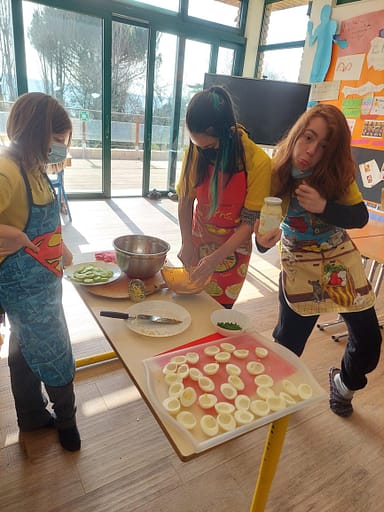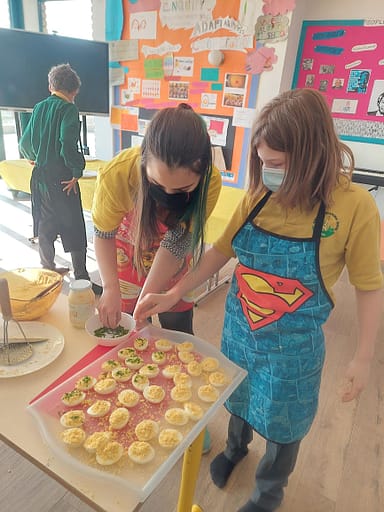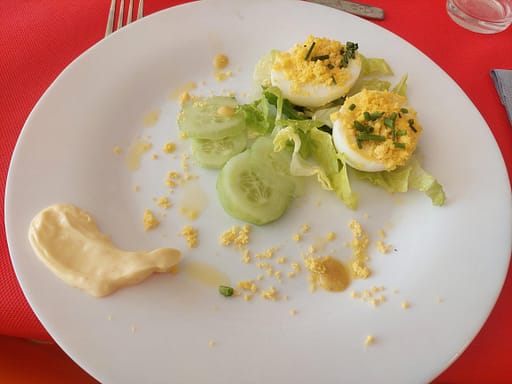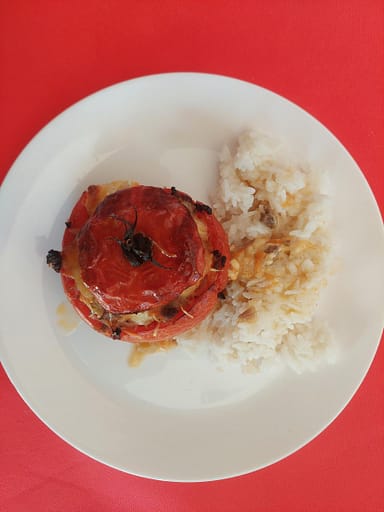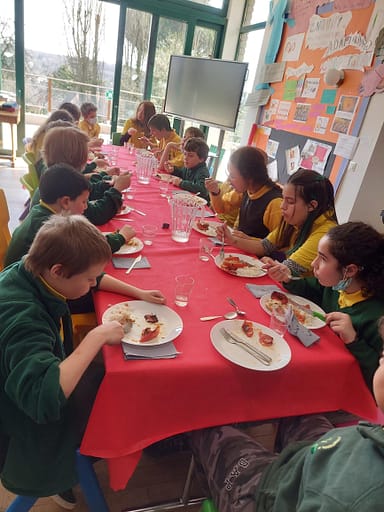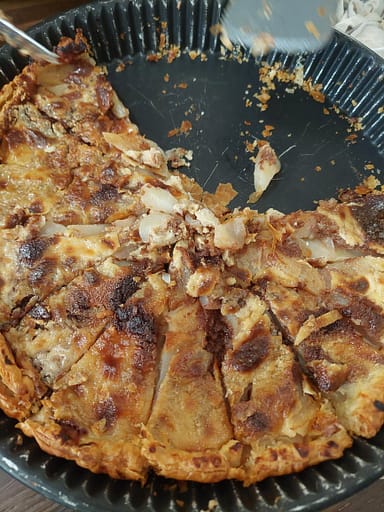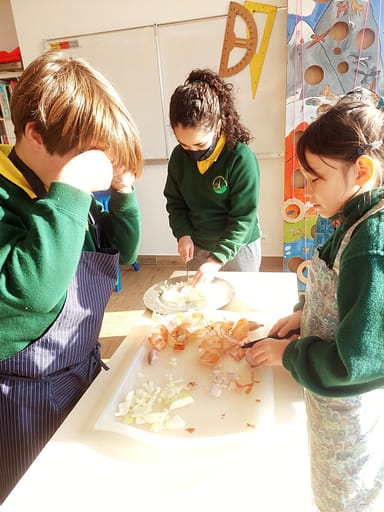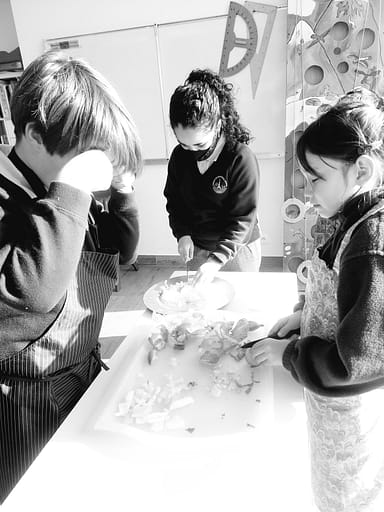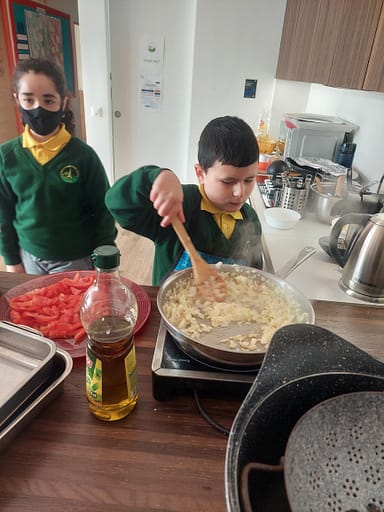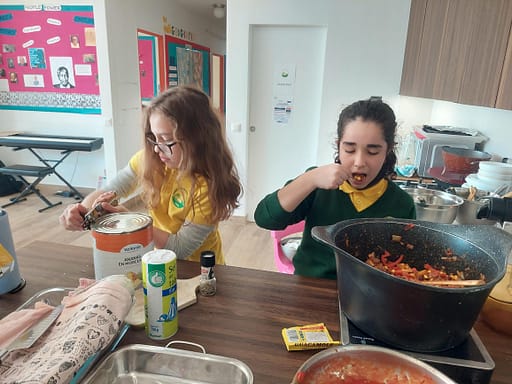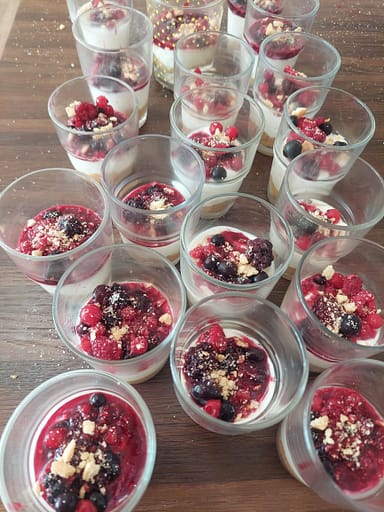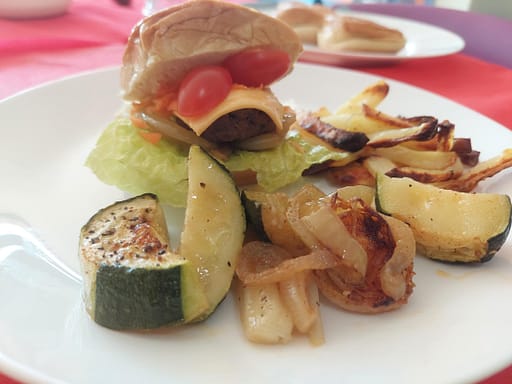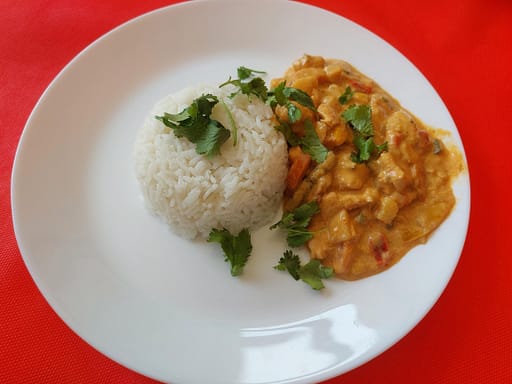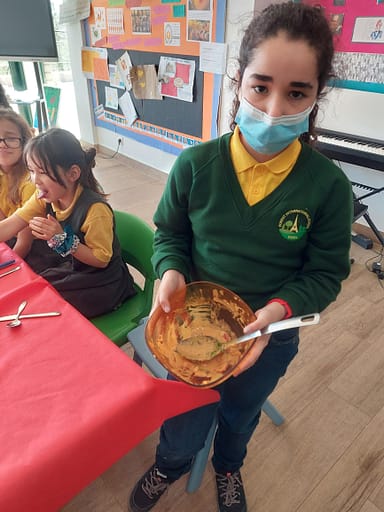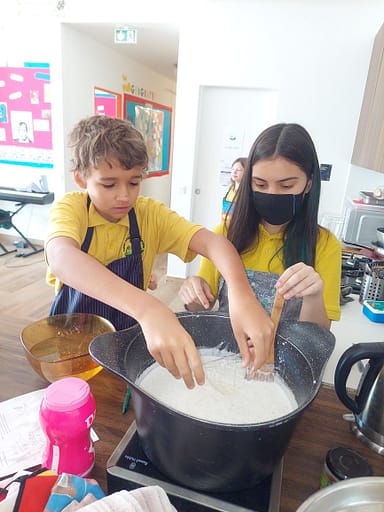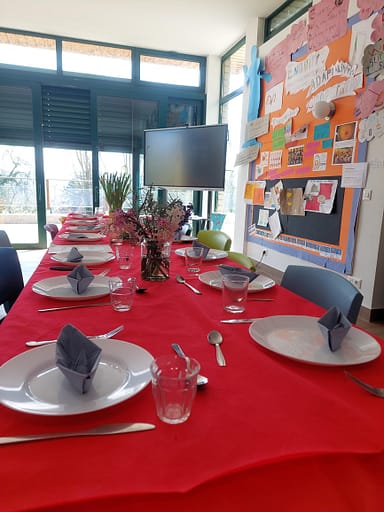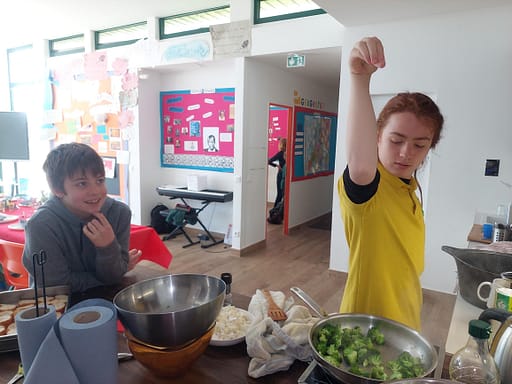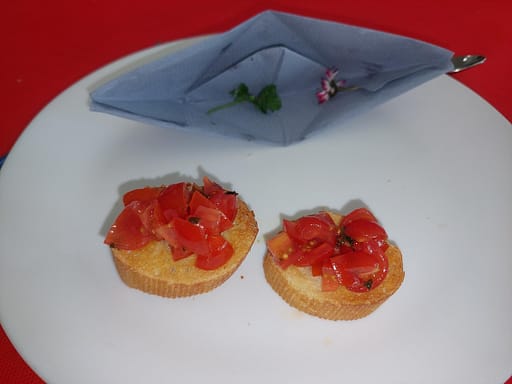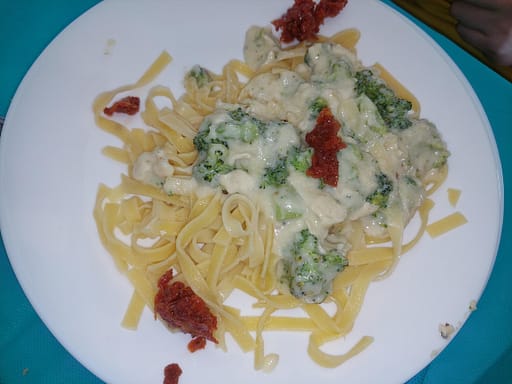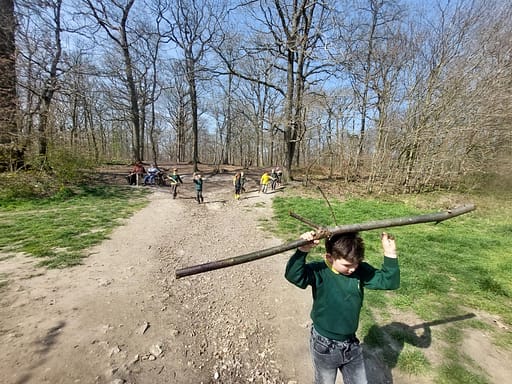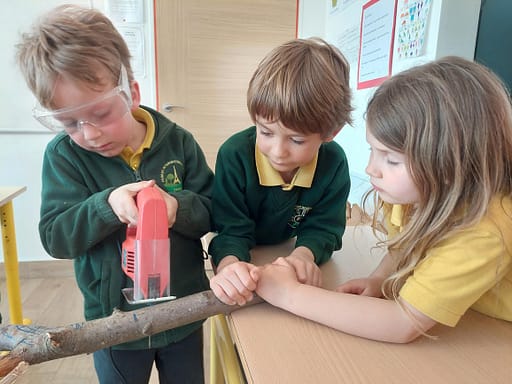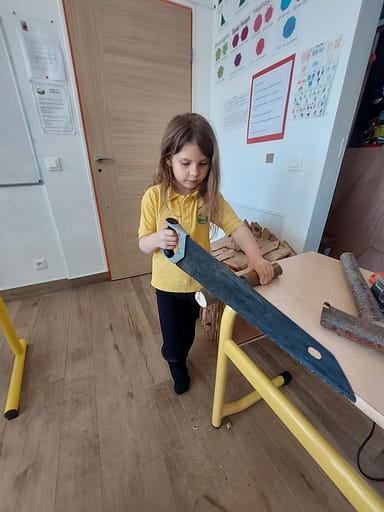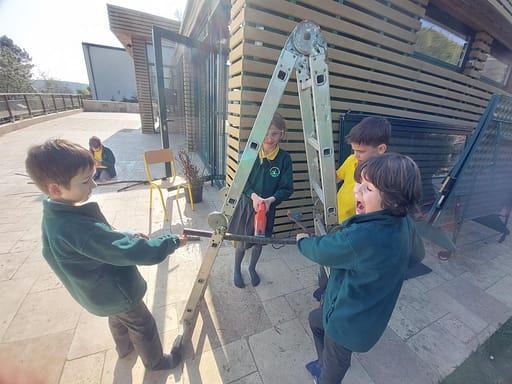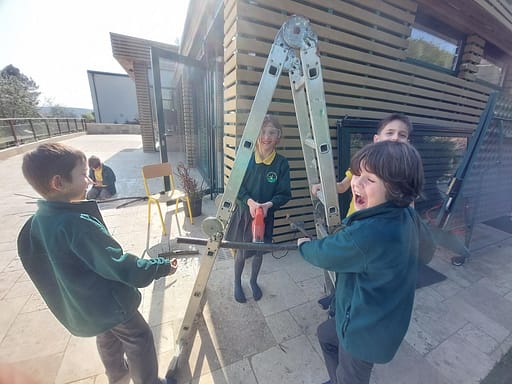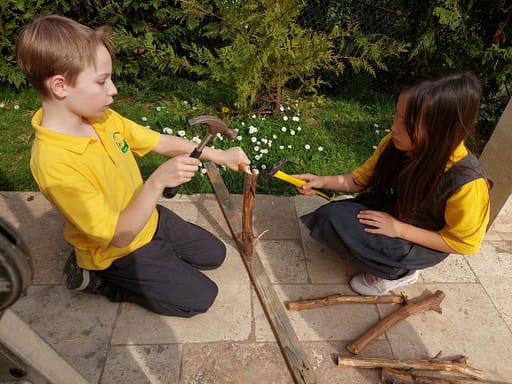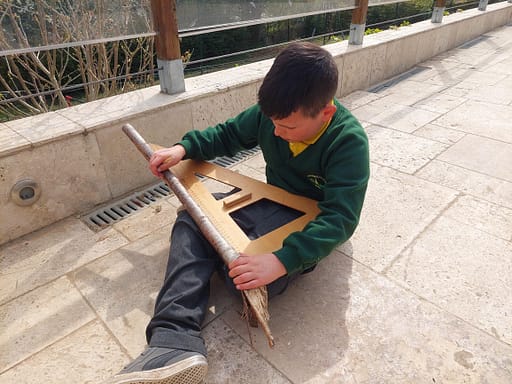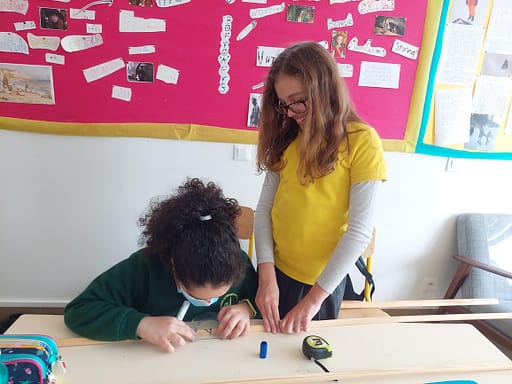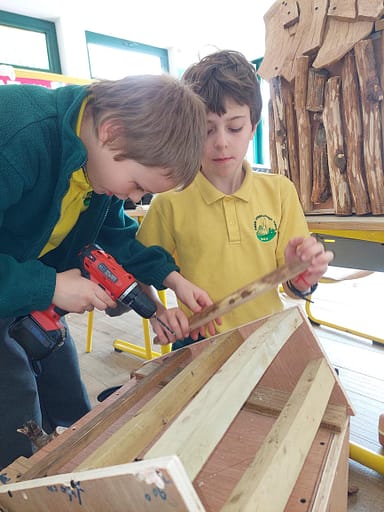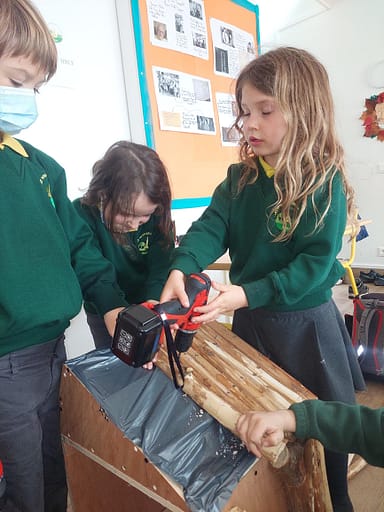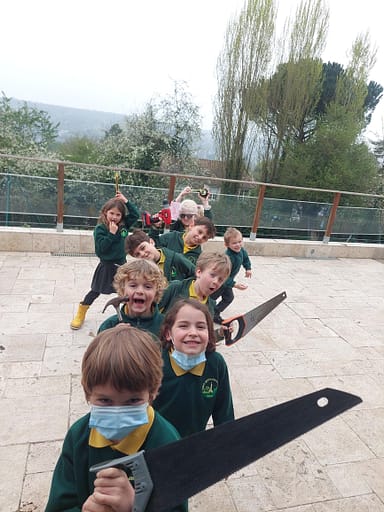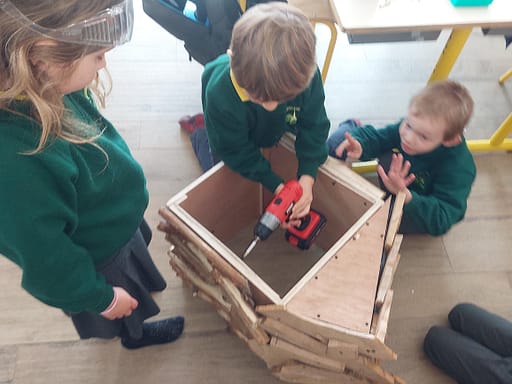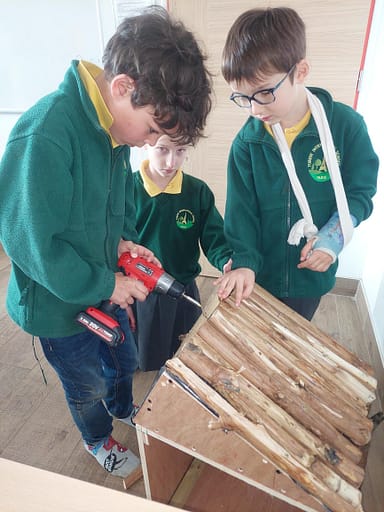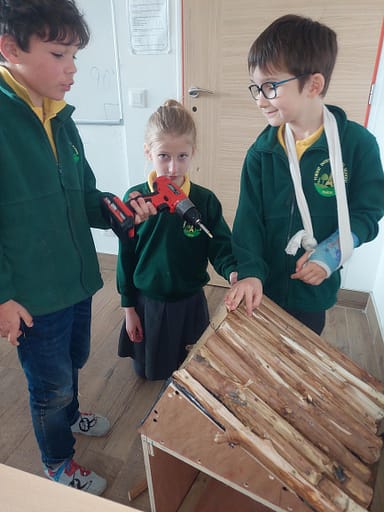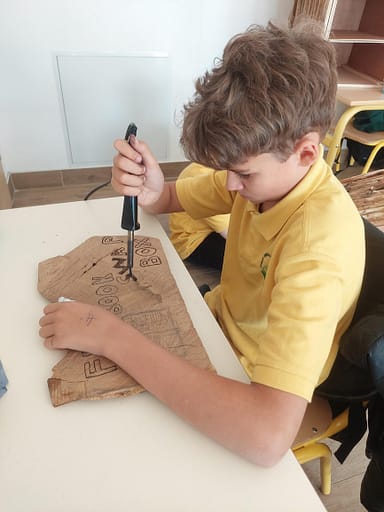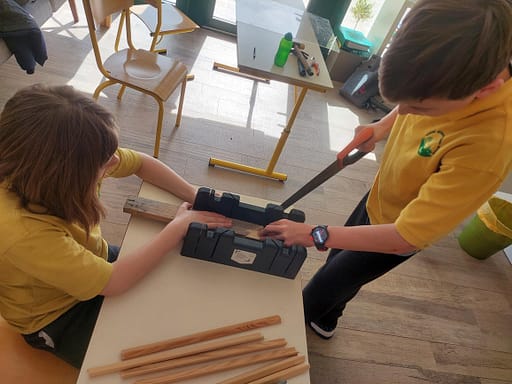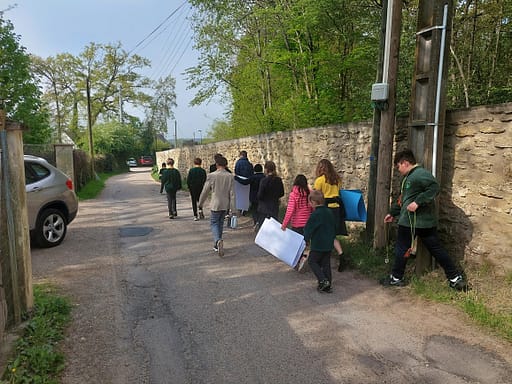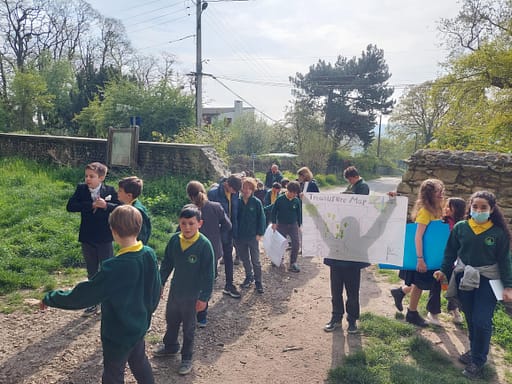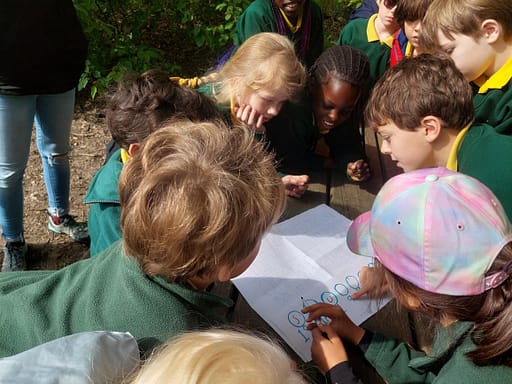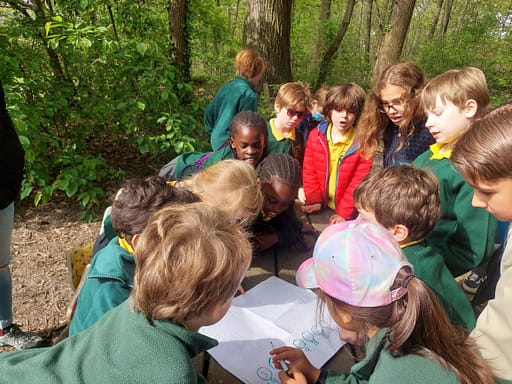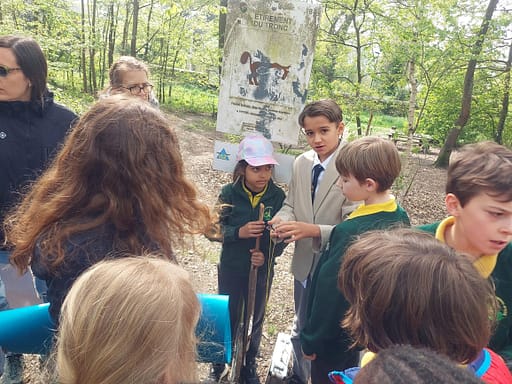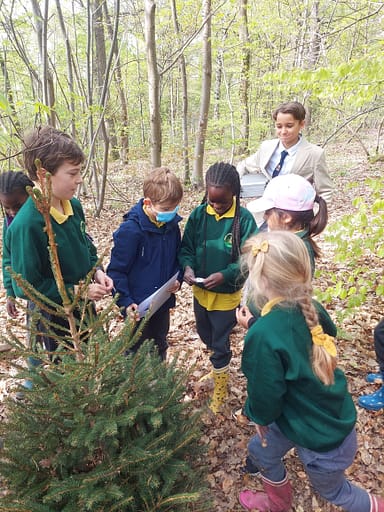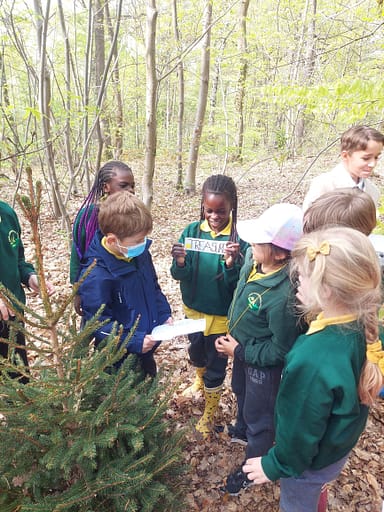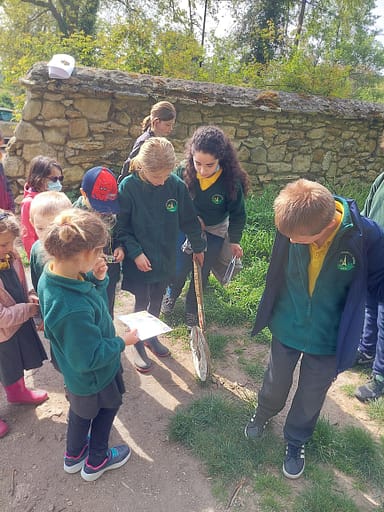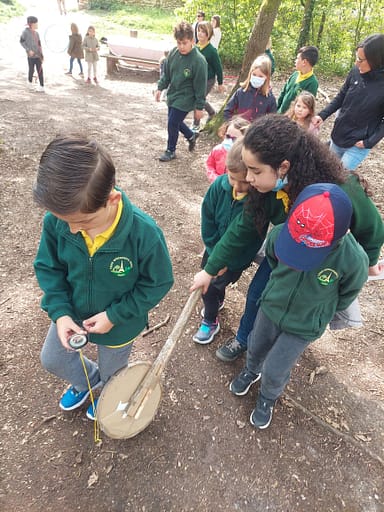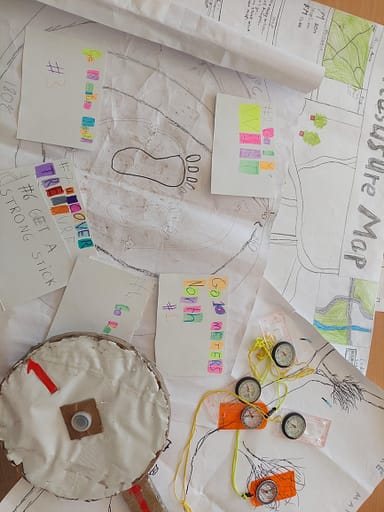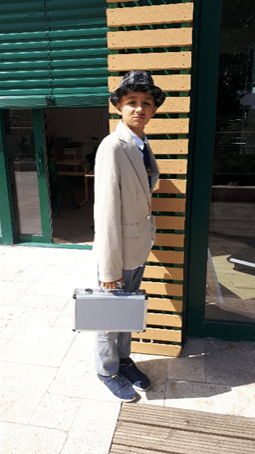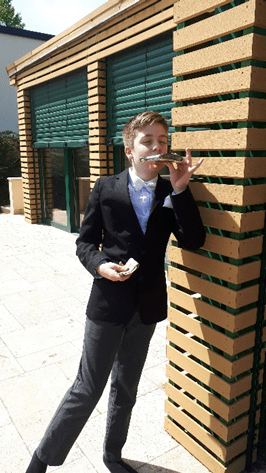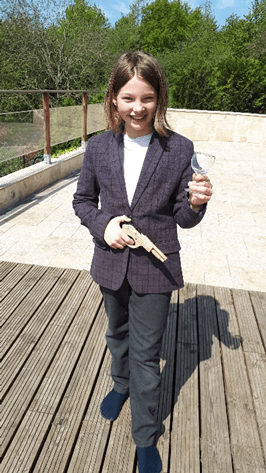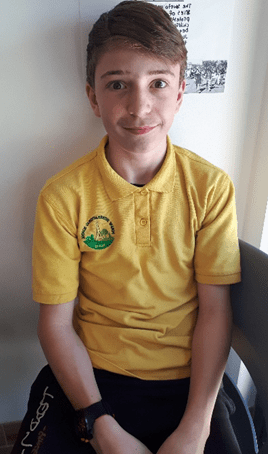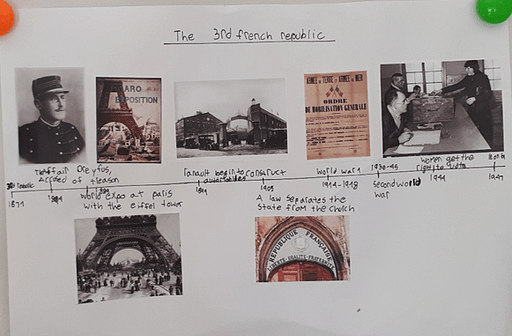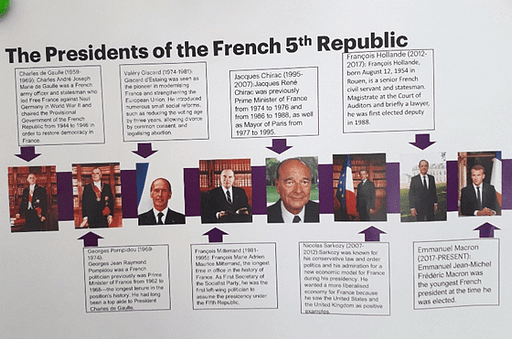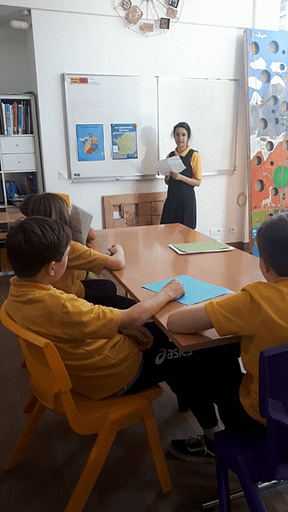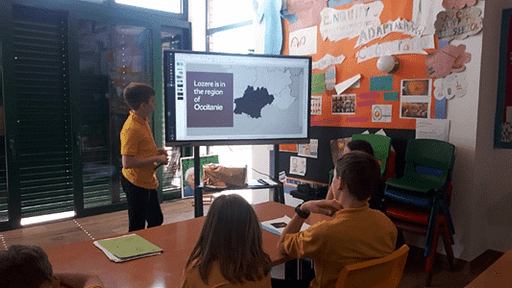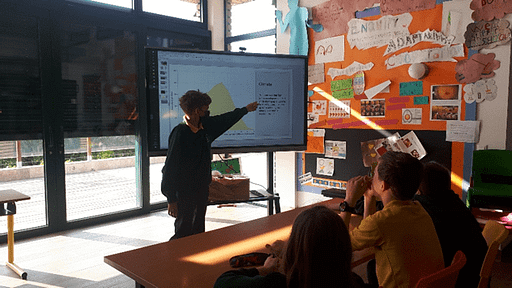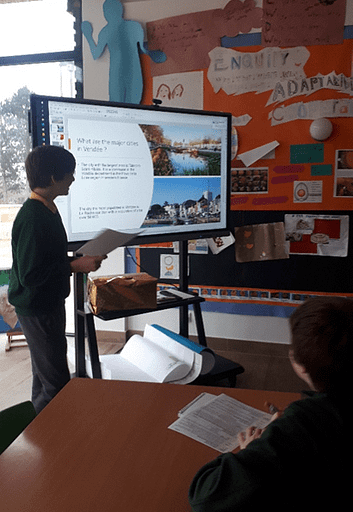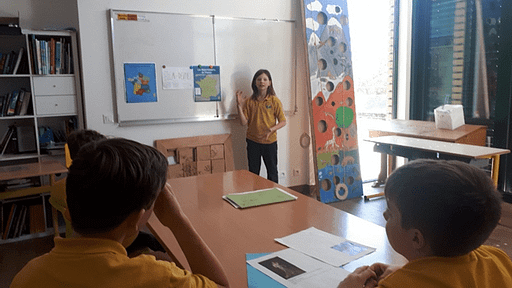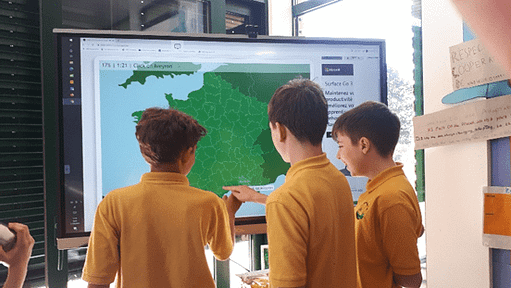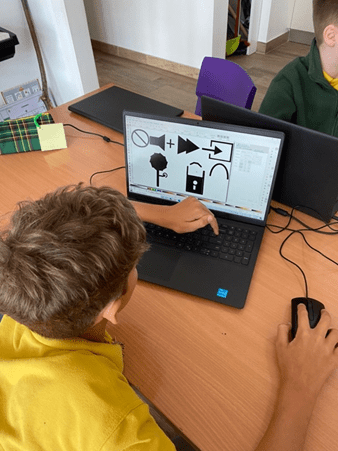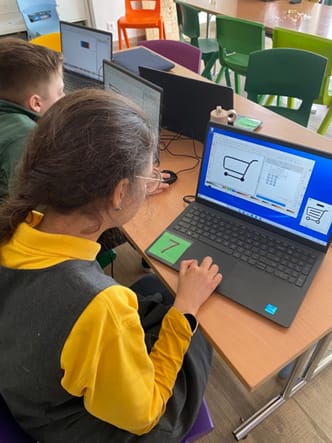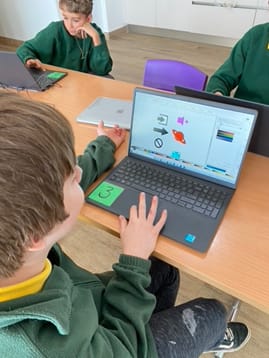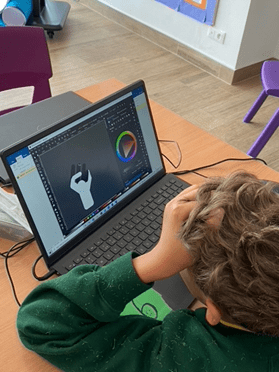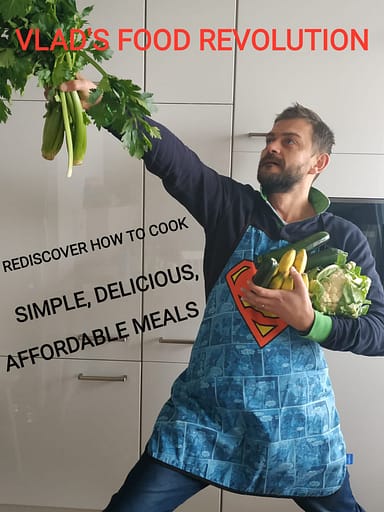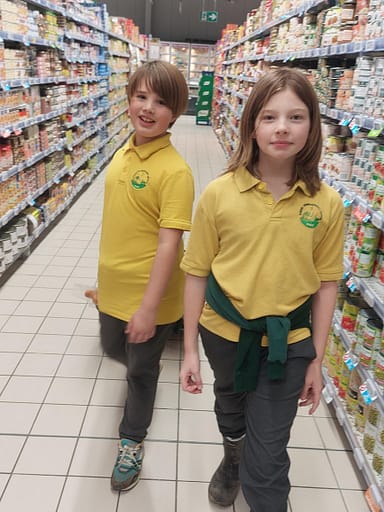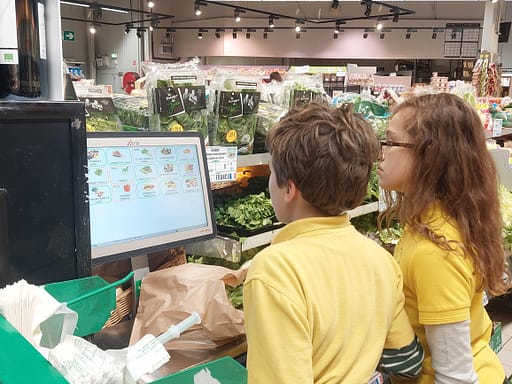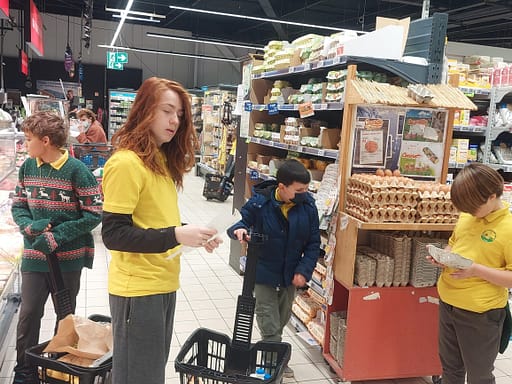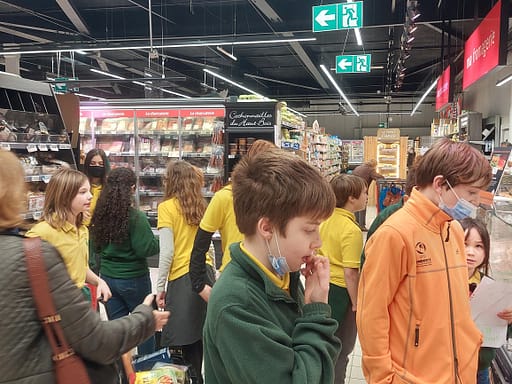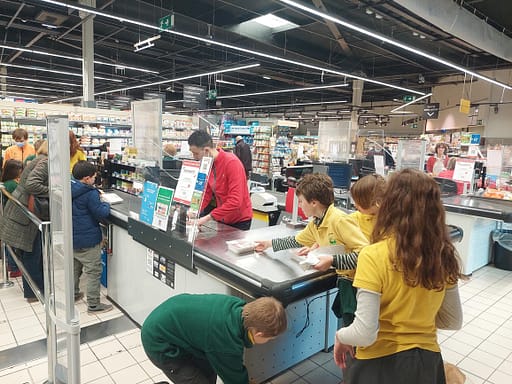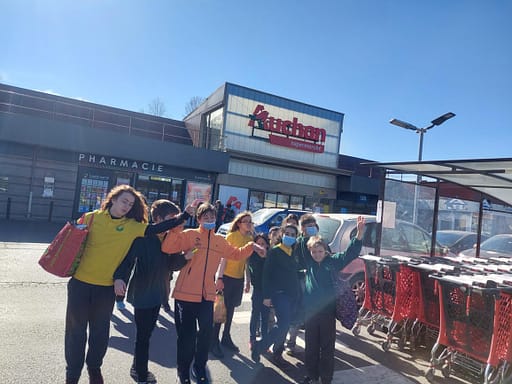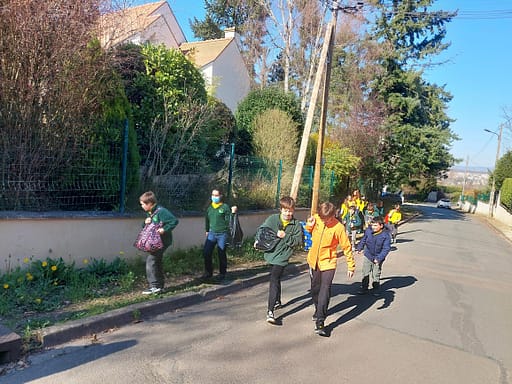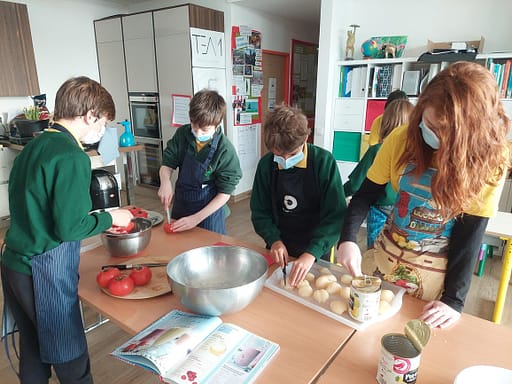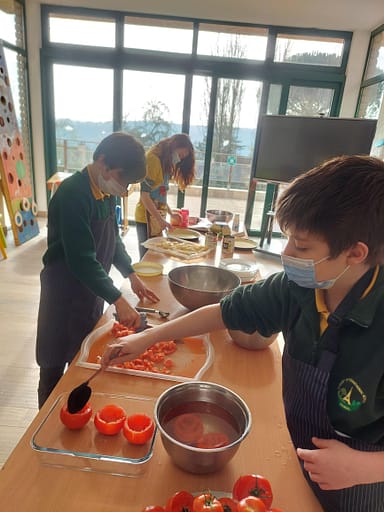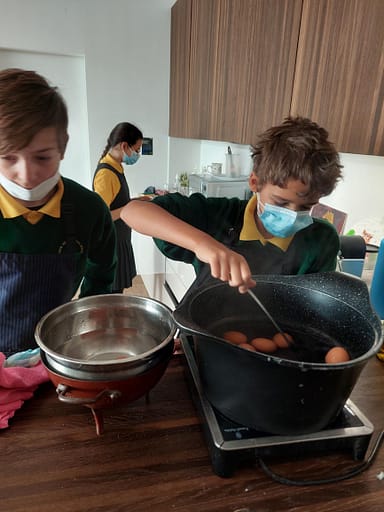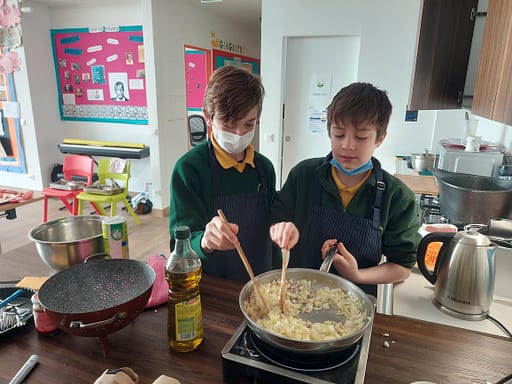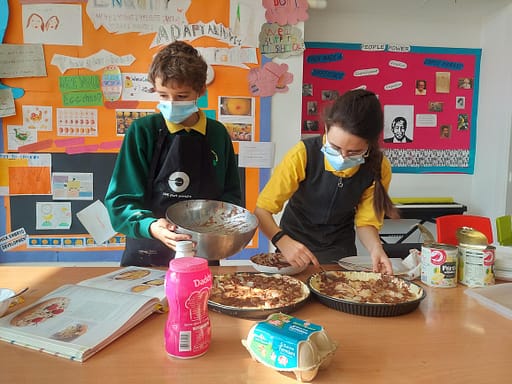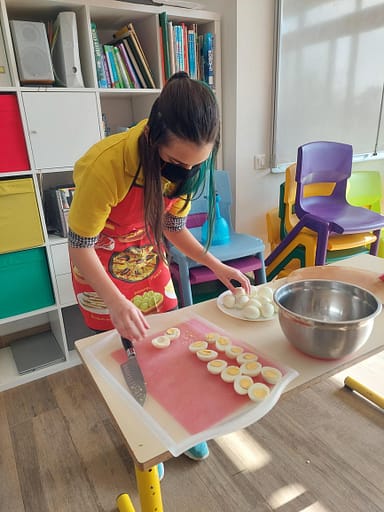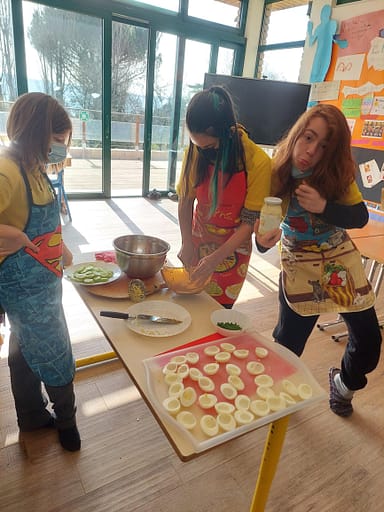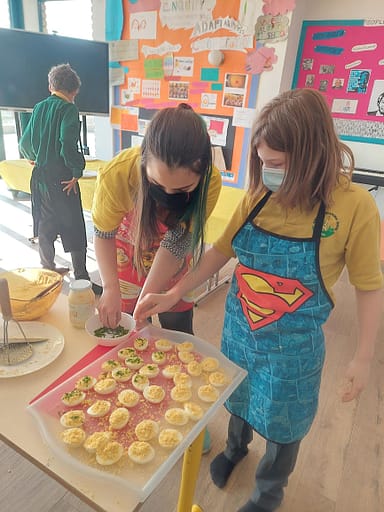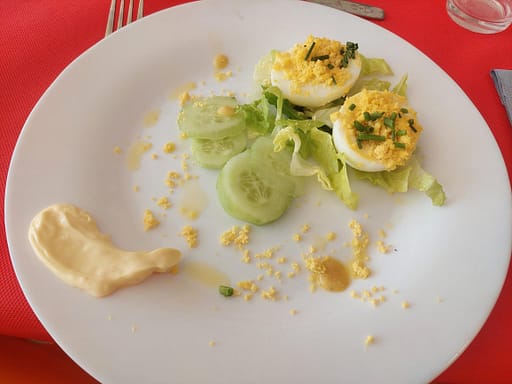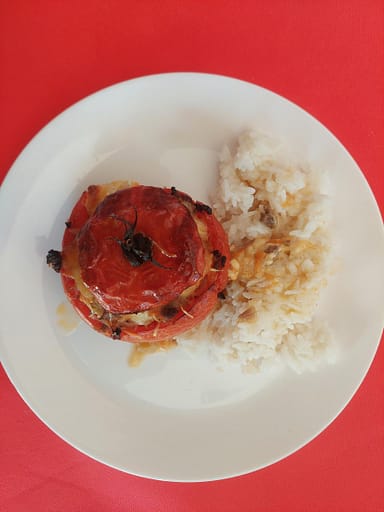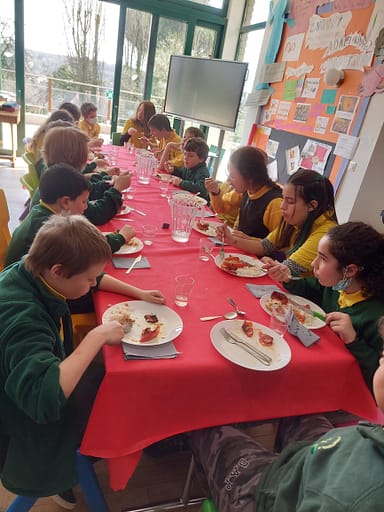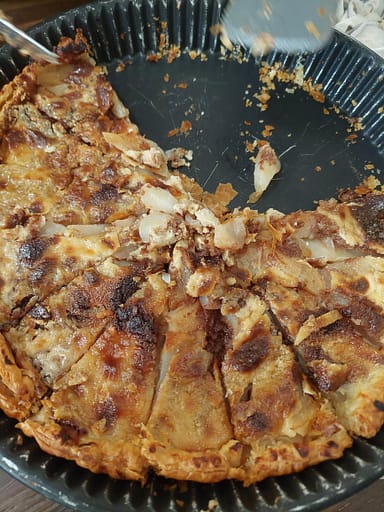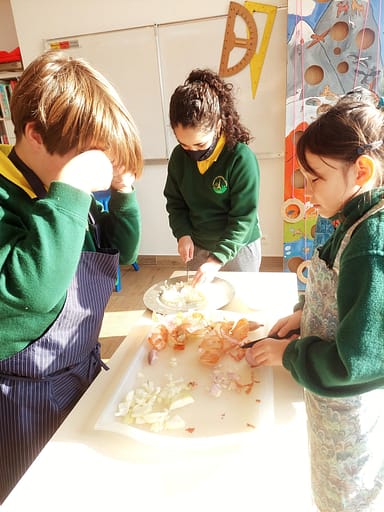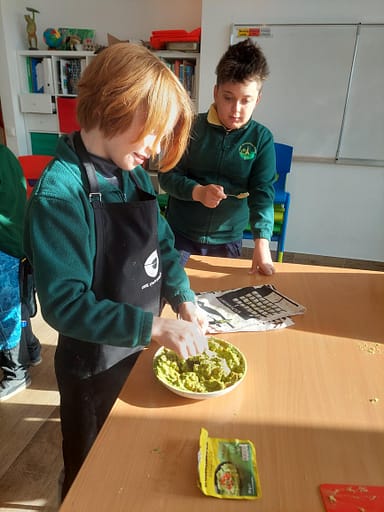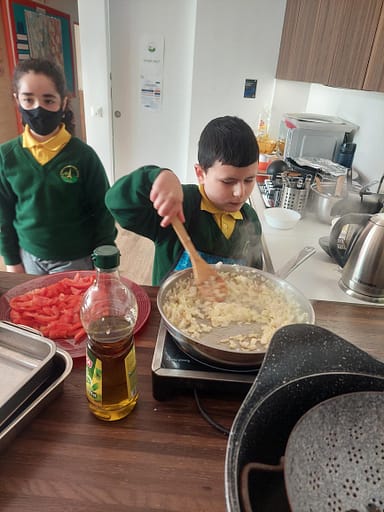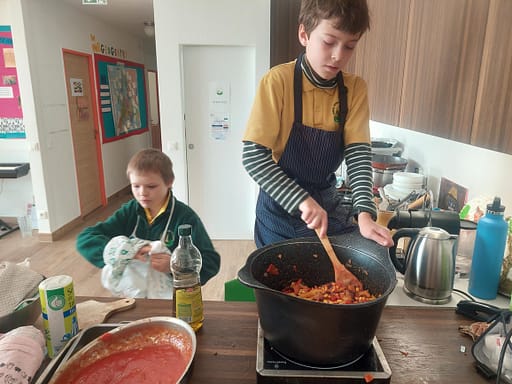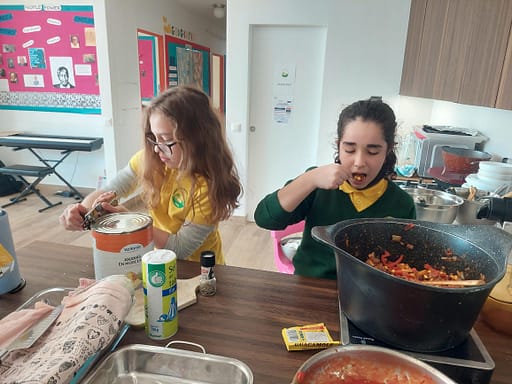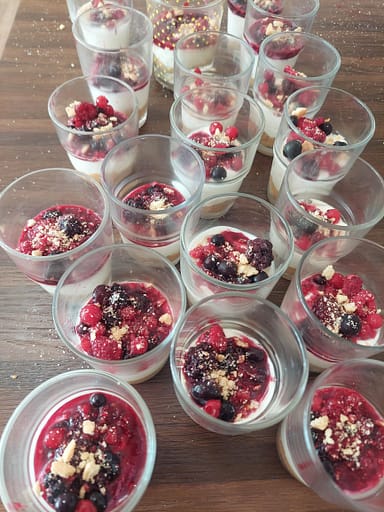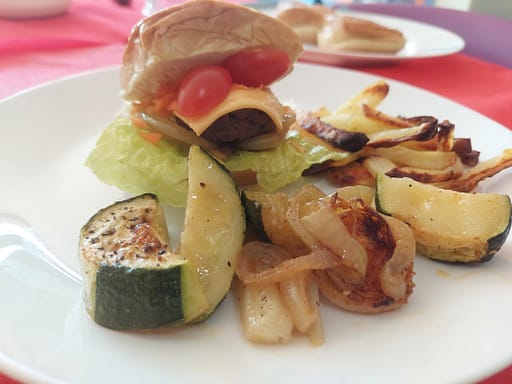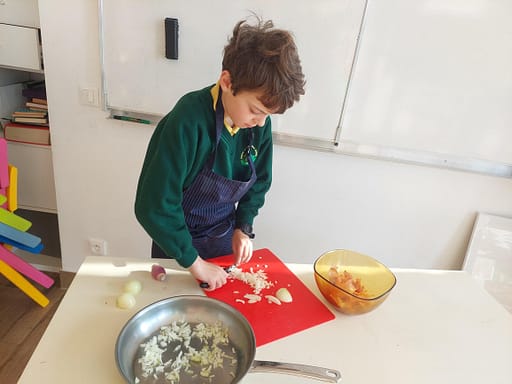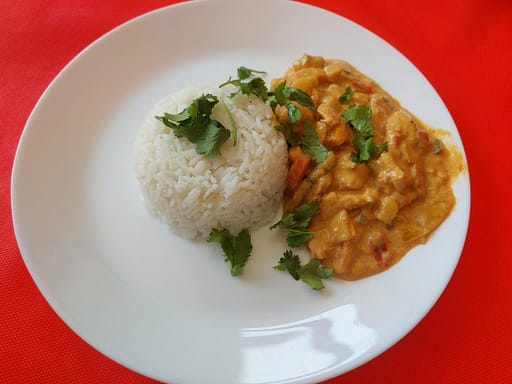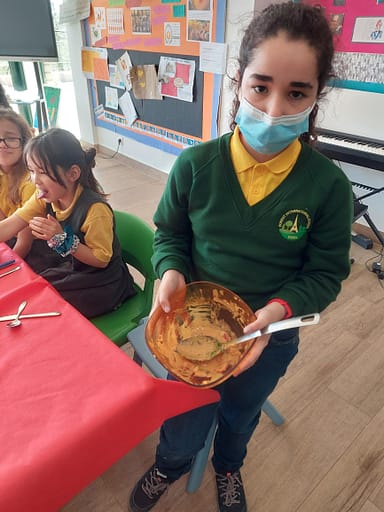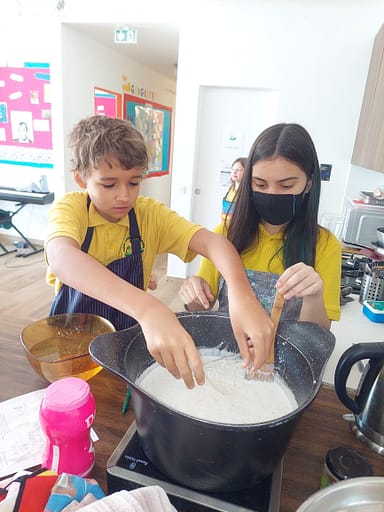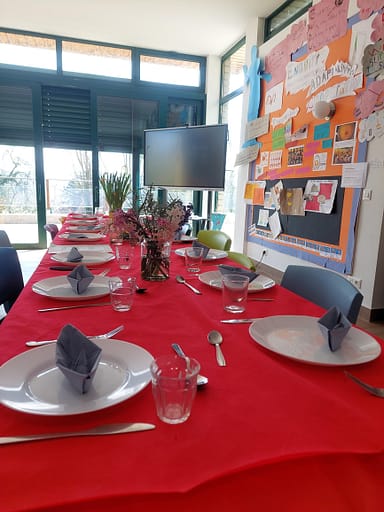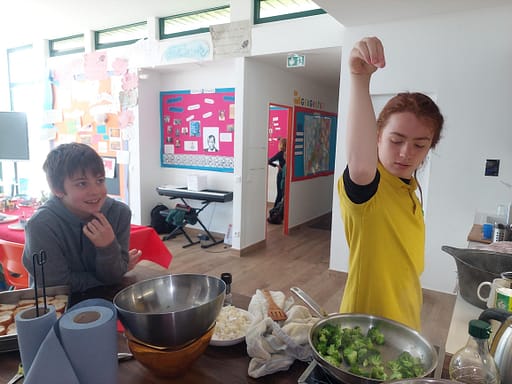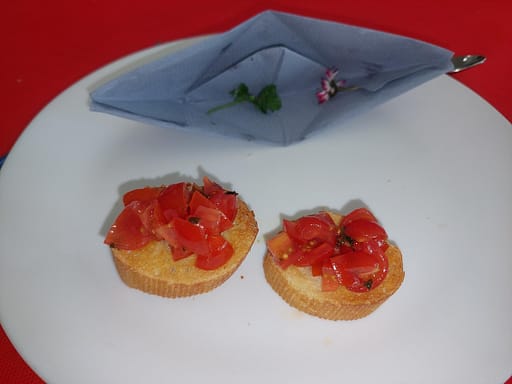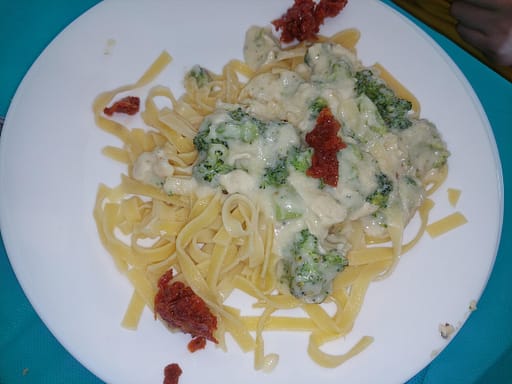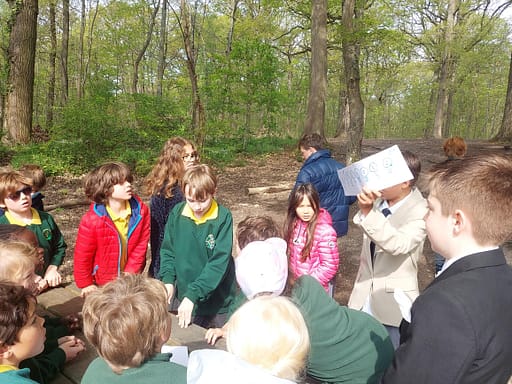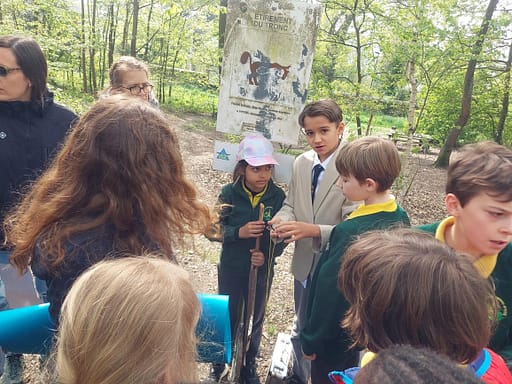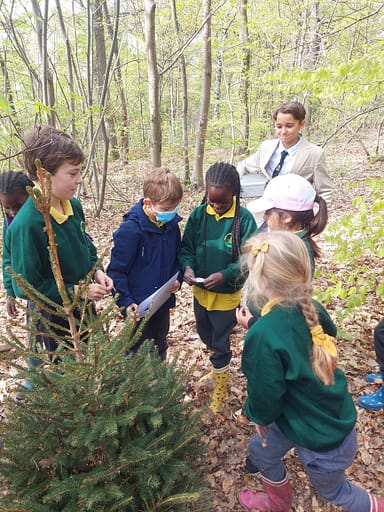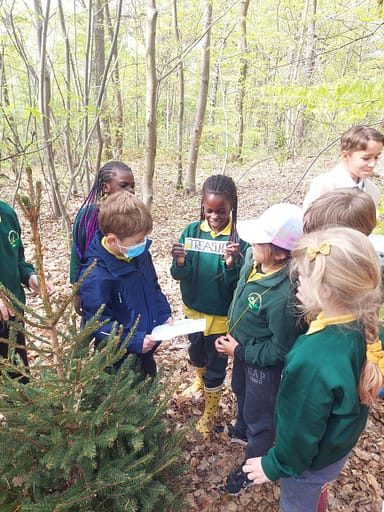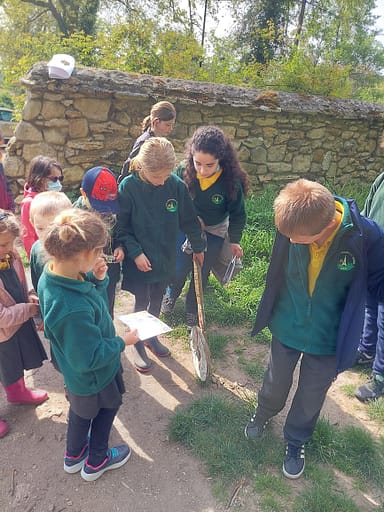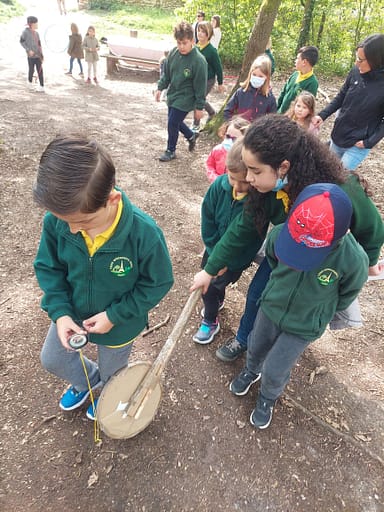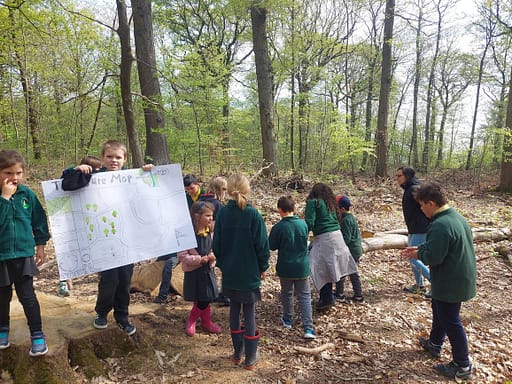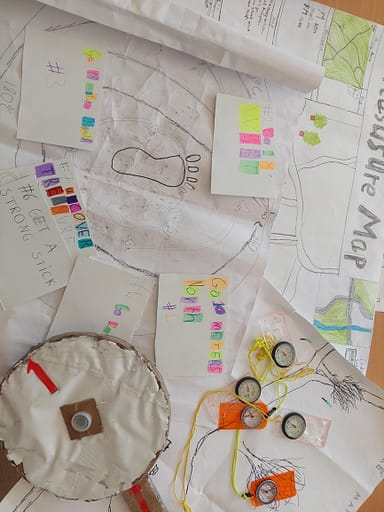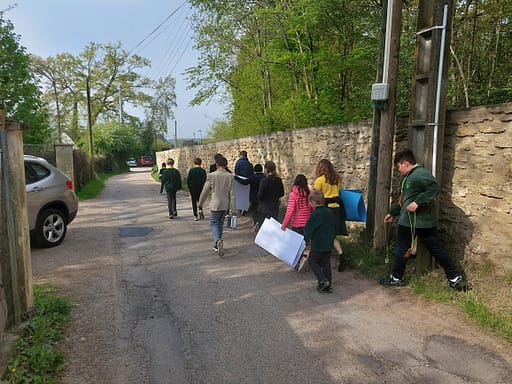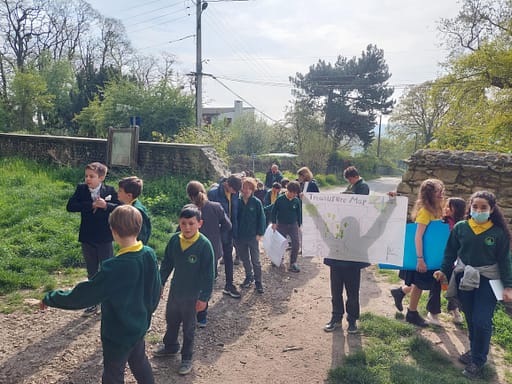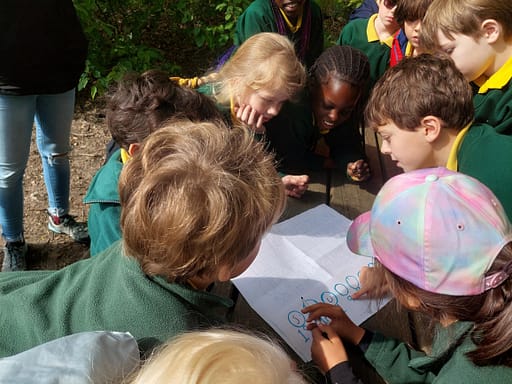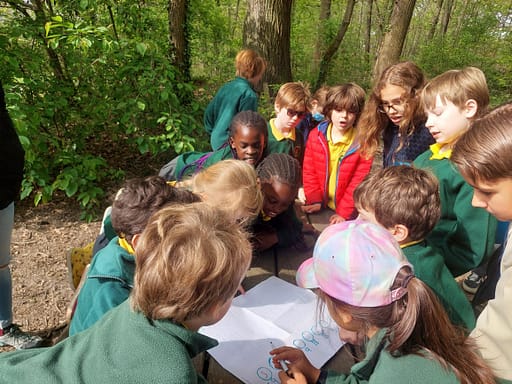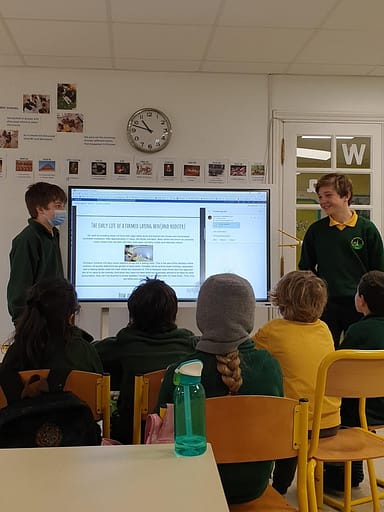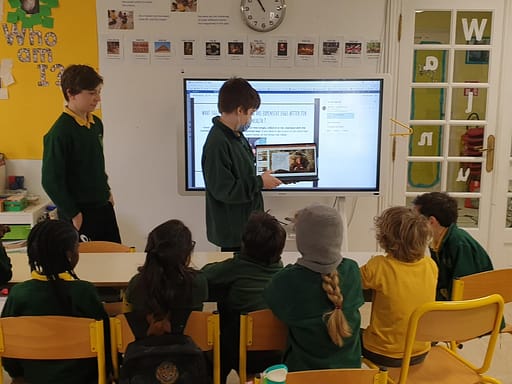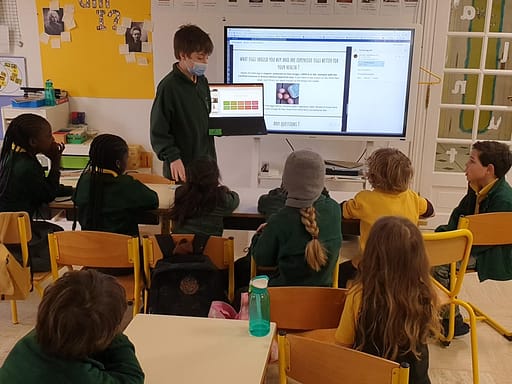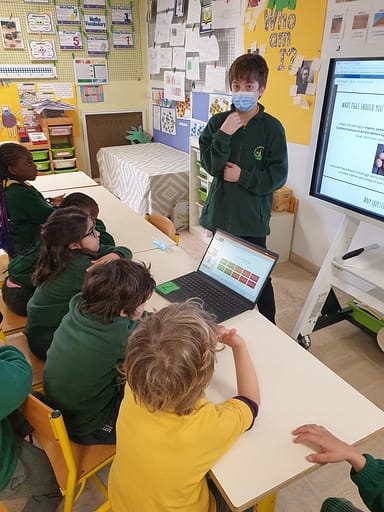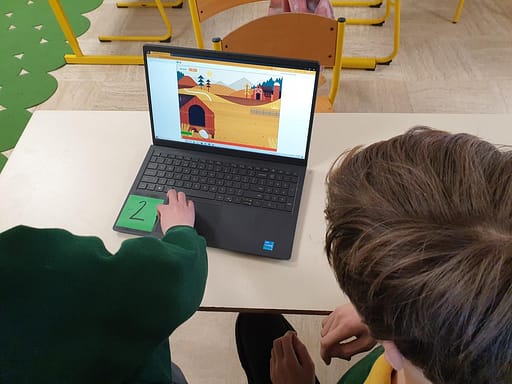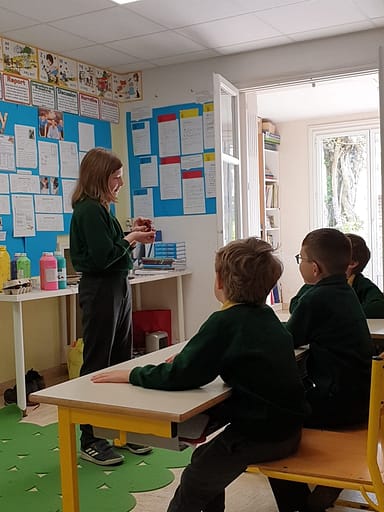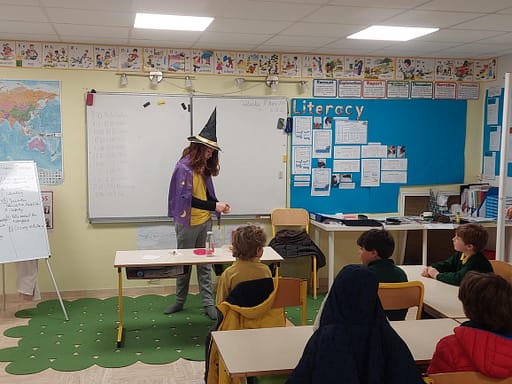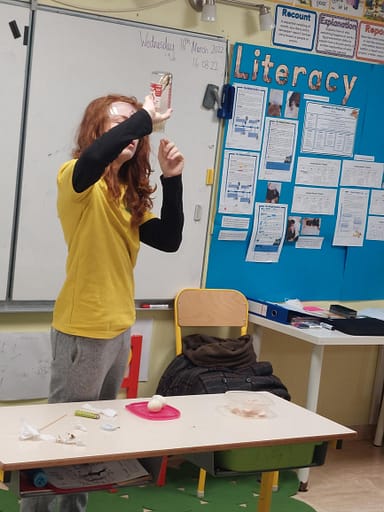English
This term Oak worked hard on their language skills, with a particular emphasis on vocabulary and reading comprehension. The class also enjoyed reading and analysing character descriptions, the highlight of which was Roald Dahl’s outrageous Miss Trunchbull, contrasted with the sweet and gentle Miss Honey. The class also read descriptions of Jo from Bleak House, and of the distinctive features of Harry Potter. Oak then wrote their own character descriptions, some based on real people and others entirely imaginary.
The class also wrote instruction texts, giving simple clear instructions, using the imperative tense.
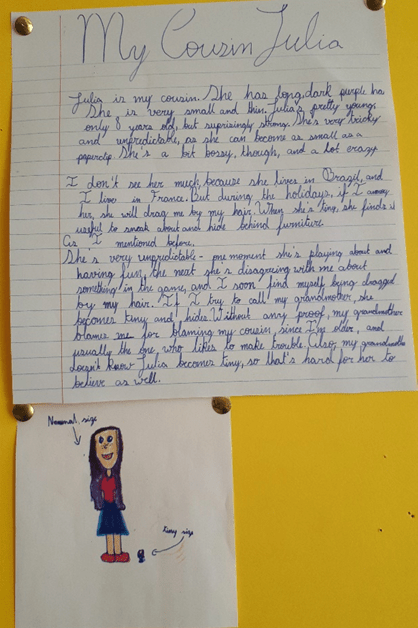

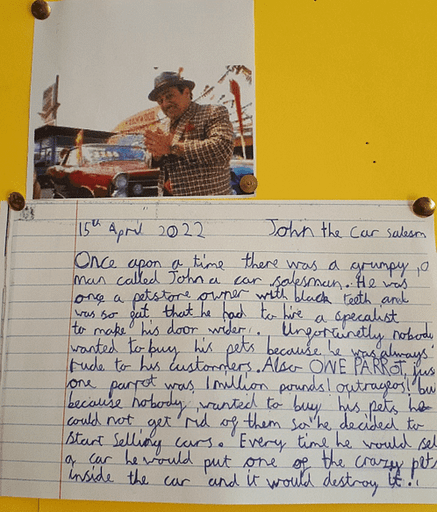
They also honed their presentation skills with a weekly show and tell.
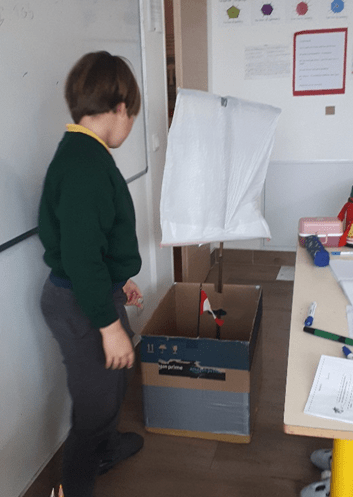
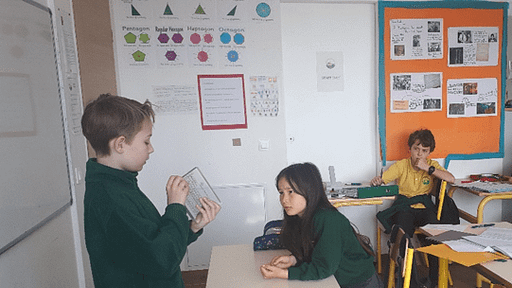
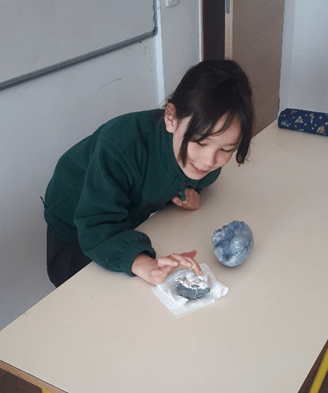
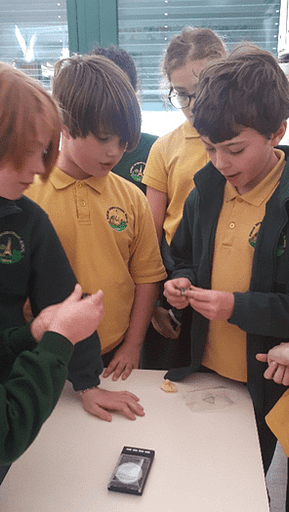
French
Spanish
During term 4, Oak continued to learn about cultural traditions in Spanish-speaking countries and applied their knowledge through different hands-on activities. They developed their language skills and explored various topics such as school, telling the time and numbers.
As part of the Mardi Gras celebrations, the Spanish class had a Carnival lesson in which they applied the key words into a diagram and made a carnival mask, which they proudly displayed while eating pancakes. The class read an article about Spring, answered some comprehension questions and sang a rhyme about flowers. They also discovered the ´Isla de Pascua´ or Easter Island, its location, history and main facts. Students reviewed vocabulary about Easter, painted Easter eggs on cardboard paper and decorated them with pasta.
The class learnt the vocabulary of school materials, what they have in their pencil cases, in written and spoken form. They showed their friends parts of the school, for example classrooms, the lunch room and the swimming pool; through a game they also learned about using prepositions of place such as “in front”, “at the back” and how to indicate places using “left” and “right”. As a final activity, they constructed phrases on how to locate parts of the school. Moreover, they observed how school subjects in English and Spanish are written in a similar way, identified them and chose their favourites. They learned about telling the time, drew a clock and asked “What time is it?” and answered the question. They reviewed the days of the week by singing a song. Students revised numbers 1 to 20 and played a game which helped them to practise their writing and speaking skills.
This term Oak showed more confidence in their learning; they are increasing their listening and speaking abilities every day. Well done Oaks, keep up the good work.
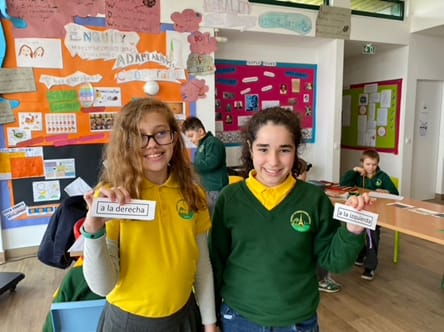
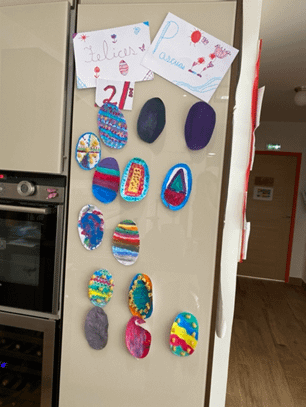
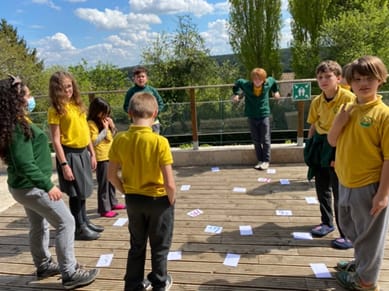
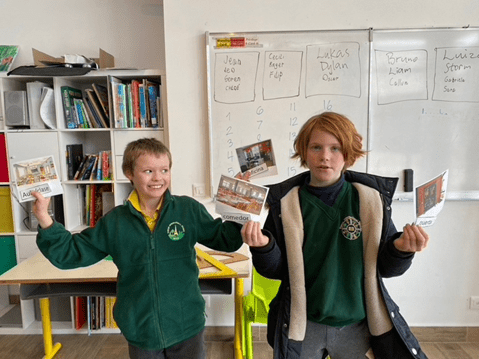
Mathematics
In Algebra: Expressions /Formulae/ System of equations
We worked on simplifying algebraic expressions, used simple formulae and wrote formulae from the problem to identify how they could be applied in real life. We worked on solving problems while substituting specific values into expressions and formulae and then some of us probed further into algebra while finding solutions for the systems of equations.
Ratio
During this unit we studied how to solve different measurement and ratio problems and practised applying gained knowledge to real-life problems during our ”Food Revolution” project.
Science
This term, the children have been learning about how matter is made up of small particles. They have been learning about the distance between those particles which determine whether or not they are classed as a solid, liquid or gas. We have carried out a number of investigations to test what happens when a solid turns into a liquid as well as what happens when a liquid turns into a gas. By doing this we have thought of different ways in which we could test, fairly, our own hypotheses.
As we learnt more about the different particles found within solids, liquids and gases, the class was asked to demonstrate what they would look like in different matter. We achieved this by working as a group using our bodies.
History
Oak learnt about one of France’s most iconic figures, Napoleon Bonaparte, an Emperor who emerged out of the French Revolution. Widely viewed as one of the greatest generals in military history, Oak learnt about his origins in Corsica and his ascent to a prominence that would not have been possible in a pre-revolutionary era. They learnt about his rise and eventual fall, an extraordinary man who claimed in his memoirs that everything he did was in the name of France and the Revolution after having demonstrated a single-minded pursuit of personal power. Oak also researched his fascinating first wife Josephine, who grew up in faraway Martinique on a sugar plantation and arrived in Paris as an unsophisticated girl of 15, a great disappointment to her new husband Alexandre de Beauharnais, who considered her provincial and uneducated. The class learnt that Josephine narrowly escaped the guillotine (unlike her first husband) and went on to become the darling of Parisian society before marrying the rough mannered young Corsican Napoleon Bonaparte who would make her Empress of the French.
Oak and Elm visited the Chateau de Malmaison, the home purchased by Josephine while her husband was away fighting his Egyptian campaign and which he gave to her after their divorce in 1809. The house is filled with artefacts and possessions and family portraits that bring a tangible human element to the historic lives of these two extraordinary people.
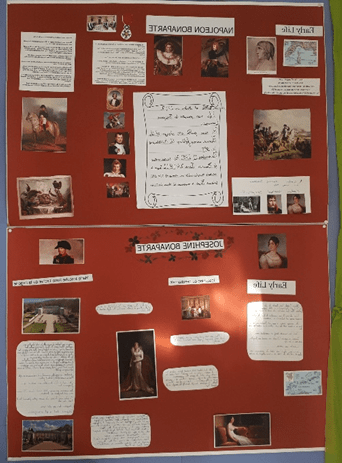
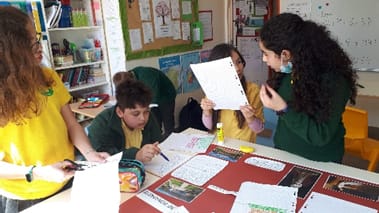

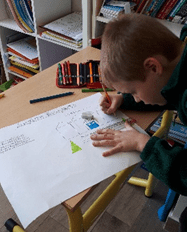
Visit to the Chateau de Malmaison
Geography
Oak continued to work on maps; mind maps, sketch maps and grid maps. They drew mental maps of the areas in which they live. They drew sketch maps based on a photo, then studied the same map drawn to scale and then presented with a grid. They learnt that maps require a title, a frame, a scale and a key. They learnt about the symbols used to represent features on a map, provided in the key.
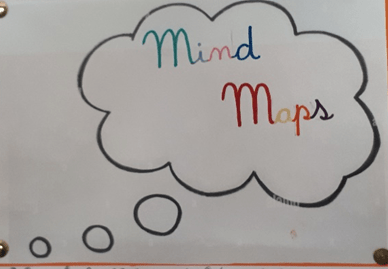
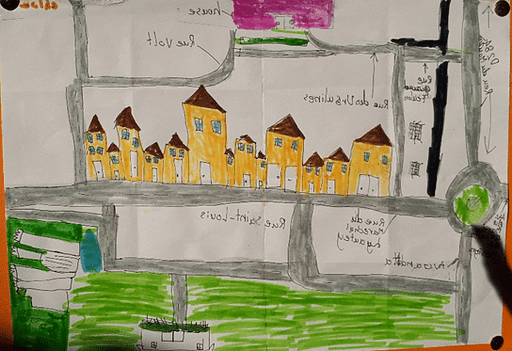
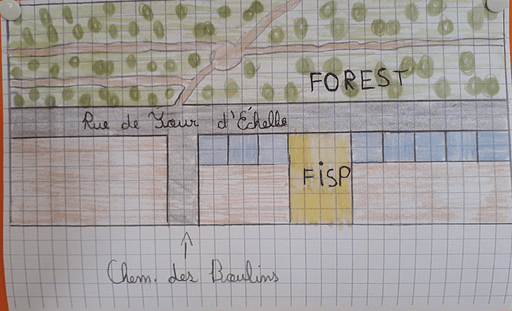
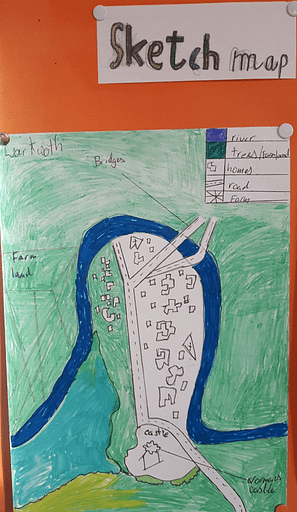
ICT
Oaks had a challenging and productive term in which they applied their computing skills to different hardware and software. They developed their problem-solving and logical skills, as well as communication and teamwork. As we know, computers and especially robots don’t always work as we want them to, so pupils had to use their social and emotional skills to complete their projects.
Micro:bit
The students who worked with the micro:bit developed several programs in a software called MakeCode. They made projects on animated animals, flashing emotions, name badge, just to name a few. The ‘Dice’ program used the micro:bit accelerometer so that when you shake it, the program selects a random number between 1 and 6 and shows it on the LED display. The ‘Sunlight sensor’ program used an “if…else” statement to show the sun image only if the light level is greater than (>) a certain level. The ‘Counter’ program used a variable called ‘count’ to keep track of the number you are counting. It sets the variable to 0 at the start. Every time you press button B, it increases the count variable by 1 and shows it on the LED display.
By the end of term, students had chosen two projects designed to explore technology as a solution to the challenges of the Global Goals for Sustainable Development. The projects were ‘Saving Sea Turtles’ and ‘Light up fishing nets’. The first one could be used at ground level to guide humans along a beach path at night, without confusing sea turtle hatchlings with tall, bright lights that they may mistake for the moon. In the second one, students created a prototype of LED lights that can stop unwanted fish, turtles and birds from getting trapped in fishing nets.
Makeblock Mbot
The students who worked with the Makeblock Mbot learned how to connect the mBot to the computer and use the software. Additionally, they made many programs to make the robot perform actions, such as:
-Make the robot move using the keyboard.
-Program the mBot to dance and sing using the buzzer. The code causes the LEDs to show different colours.
-Use the ultrasonic sensor on the mBot and how the robot stops moving when it meets an object.
-The robot moves around by itself avoiding obstacles.
EV3 Lego Mindstorms
The students who worked with the EV3 Lego Mindstorms built the robot using the pieces they got by following the building instructions displayed on the computer. Furthermore, they learned how to connect the robot to the computer and use the software.
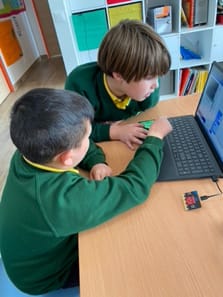
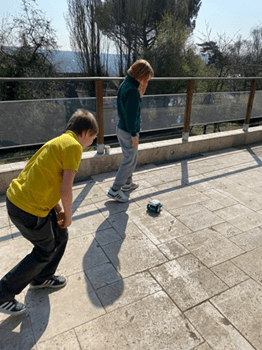
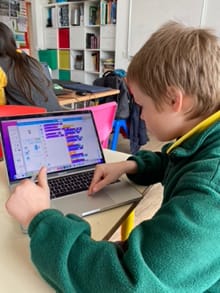
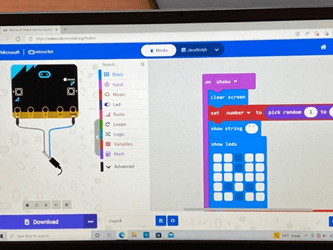
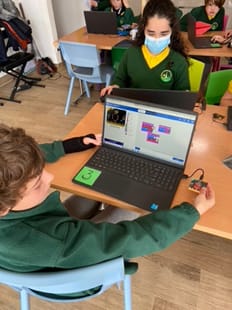
Additionally, they created many programs to make the robot perform actions, such as:
-How to make your robot go forward and backwards.
-Used a combination of move steering to go straight and do pivot turns to go around the box.
-How to use the Touch Sensor.
-How to use the Wait For Block.
-Learned the difference between the Wait For Block and the Sensor Blocks.
-What is the ultrasonic sensor and how to use it.
Well done Oaks for working hard this term
Capoeira
“mens sana in corpore sano” – “a healthy mind in a healthy body”
Capoeira, a Brazilian martial art that combines elements of dance, acrobatics and music.
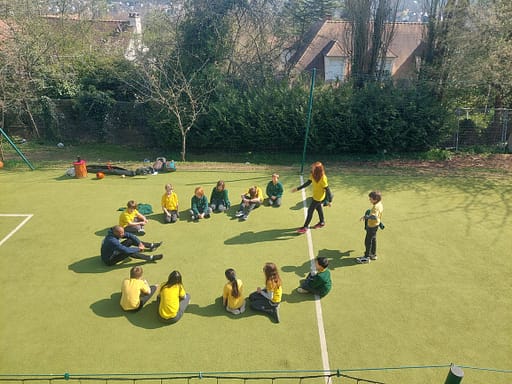

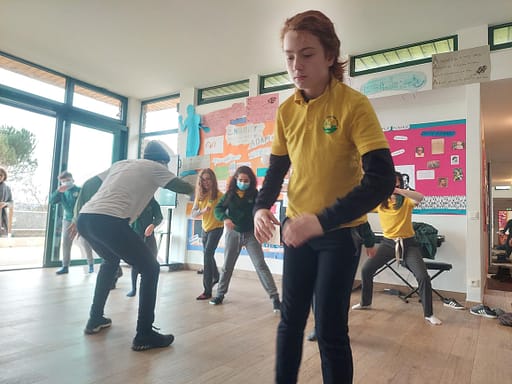
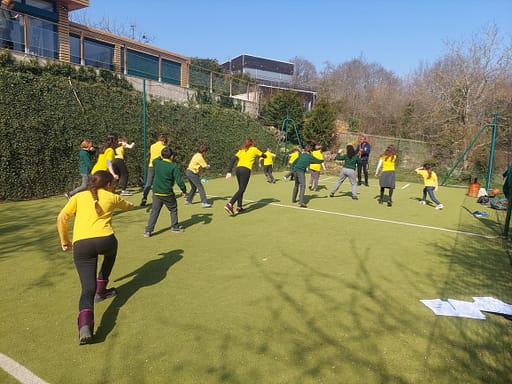
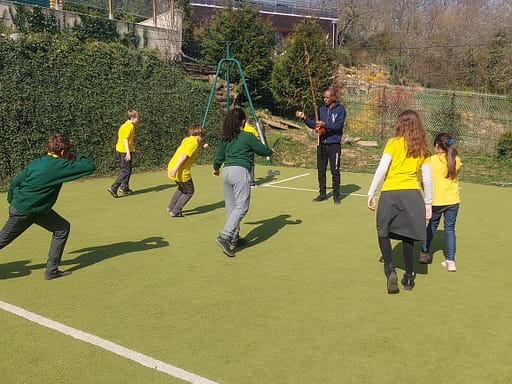
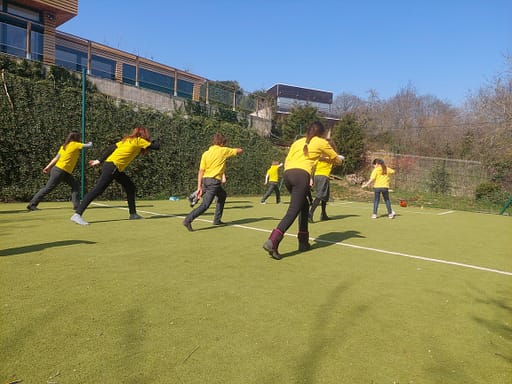
Elms thoroughly enjoyed their weekly Capoeira sessions with Valdir.
Music with Kareen
”Food revolution” – Project
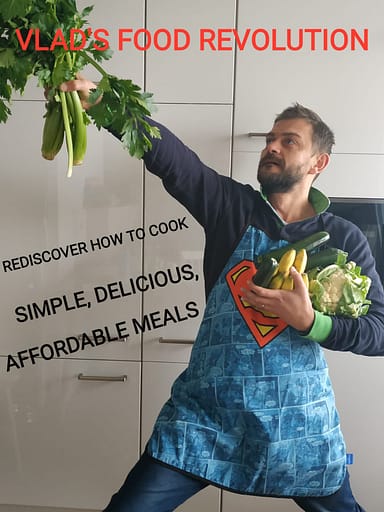
The main purpose of this « FOOD REVOLUTION » (We can cook our own lunch for the whole week) was to practise team building skills, plan and prepare a healthy meal and, most importantly, gain or practise basic culinary skills. During this project, the children also worked on demonstrating and improving their table manners. It was pleasing to observe the young chefs, waiters and guests participating and communicating extremely well with each other. Master chefs stayed determined while preparing their three-course meals even though it was tough to accomplish the challenge in a short period of time. We learnt that it was important to stay focused and organised until the last moment and realised that a last push could make the difference for the team. Thank you and well done to all Oak and Elm class students for their dedication, determination and hard work during our «Food revolution» project.
FOOD REVOLUTION
We’ve peeled some veg,
Then cooked our lunch.
Then baked a cake,
What a charming bunch.
We’ve tried something new,
And it was quite delicious.
It was all organic,
So don’t be suspicious.
We’ve learnt a new skill,
And now can cook for our parents.
We will do it with love,
No need to buy presents.
Not scared of broccoli, onions
Or carrots,
Will eat them with pleasure,
And not for the merits.
Did stuff some tomatoes,
And made panna cotta.
Now feeling quite strong,
And can sit in Capoeira roda.
We’ve made a delicious Thai Curry,
And spicy fajitas.
I am ready to run,
Where are my Adidas?
Broccoli linguine
and revisited American cheesecake,
I am so full,
But I have learnt how to bake.
Was happy to give up my break,
And tidy the kitchen.
It is good to eat healthy,
And what’s your position?
Design and Technology – FISP Book Swap Project
Collaborative project- Birch, Walnut, Oak and Elm Classes
This term we continued working on our collaborative creation, the “FISP Book Swap Box”. Students had the opportunity to extend their understanding of a variety of different carpentry techniques. It is pleasing to see that Birch, Walnut, Oak and Elm students now demonstrate precise actions while using a drill, hammer and a saw. FISP students should be congratulated on their efforts and their eagerness to get on with the project right away from the beginning of each session. Fantastic work young designers and carpenters, you should be proud of your achievements!
Orienteering project
Oak Class designed their own treasure map and taught their younger friends how to turn clockwise and anti-clockwise, use a compass and follow directions. They tried their best to adapt their speech and gave clear clues, hints and instructions while guiding their younger explorers on their orienteering quest.
Easter Egg Hunt
World Book Day– Book Workshop with Anjali Morard
On the last day of term Oak and Elm were lucky to have a visit from children’s author Anjali Morard, who began by reading out loud her charming story about Fortnum the crocodile, which began life as a bedtime story for her young son. The class heard about the author’s writing process and her collaboration with the illustrator of the book, and then embarked on a writing workshop, writing their own stories based around a random selection of features covering setting, time and character. At the end of the session, several pupils read out their fun and imaginative stories.
Enjoy your holiday!
Best wishes,
Mrs. Harrington, Christine, Joanna, Cecilia, Kareen, Mr. H , Valdir, Cyril and Mr. Kralka

